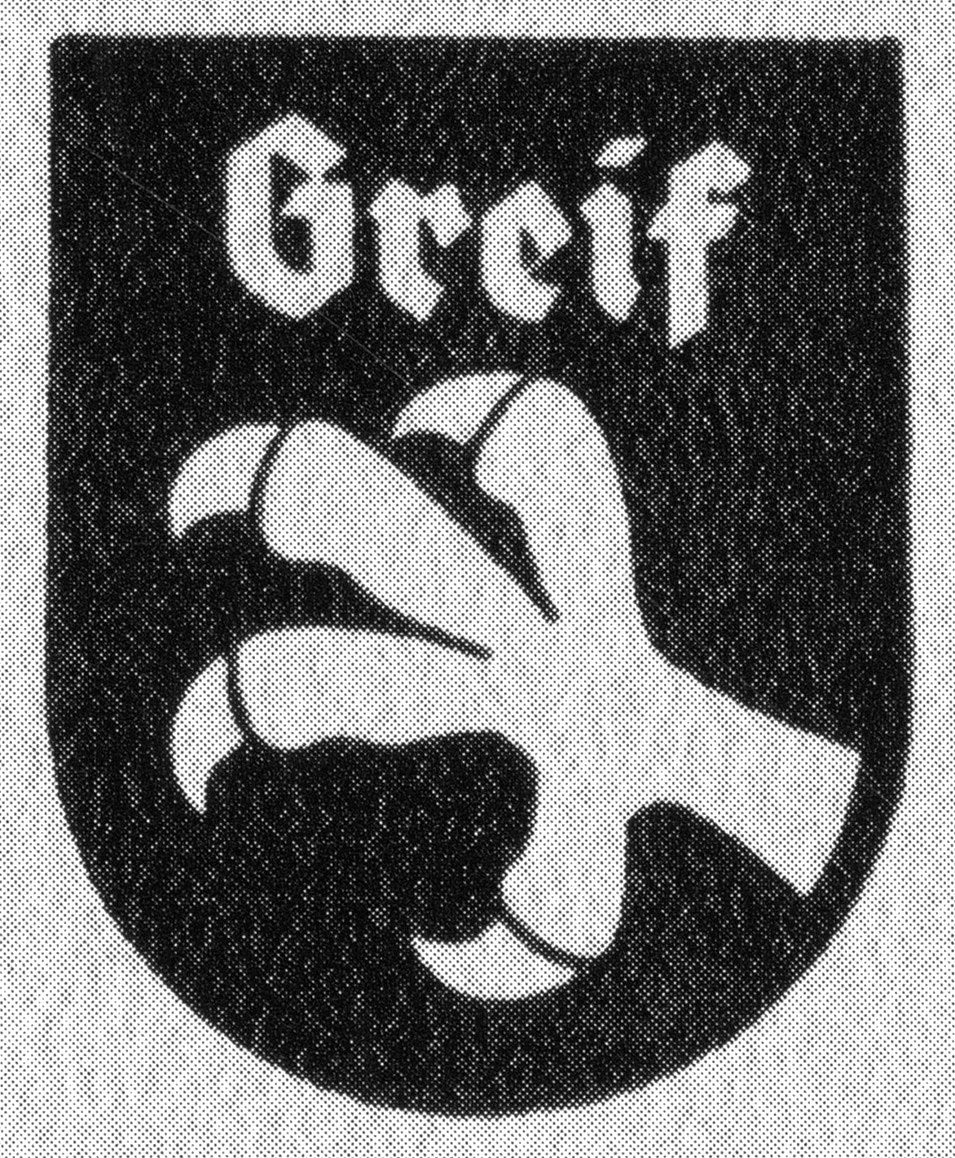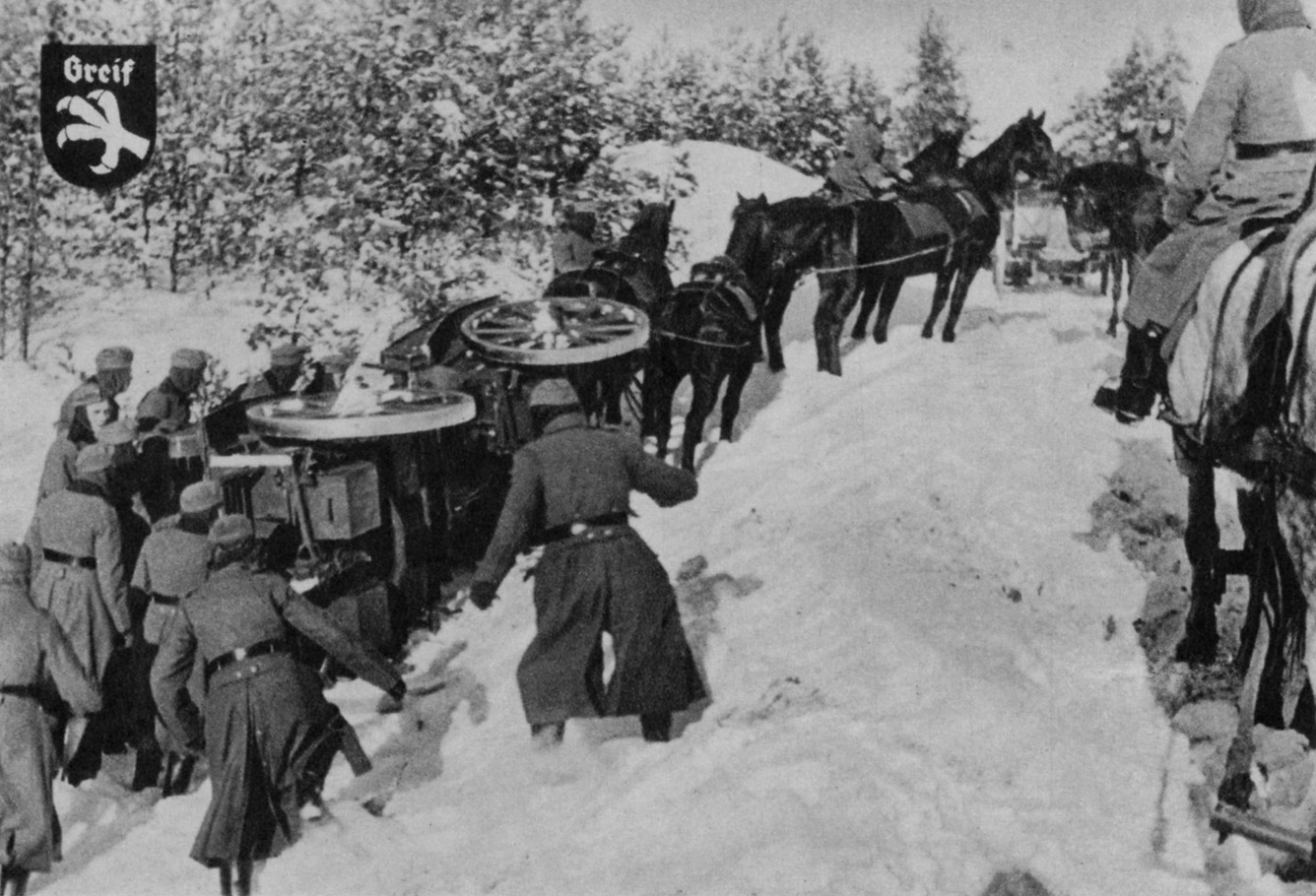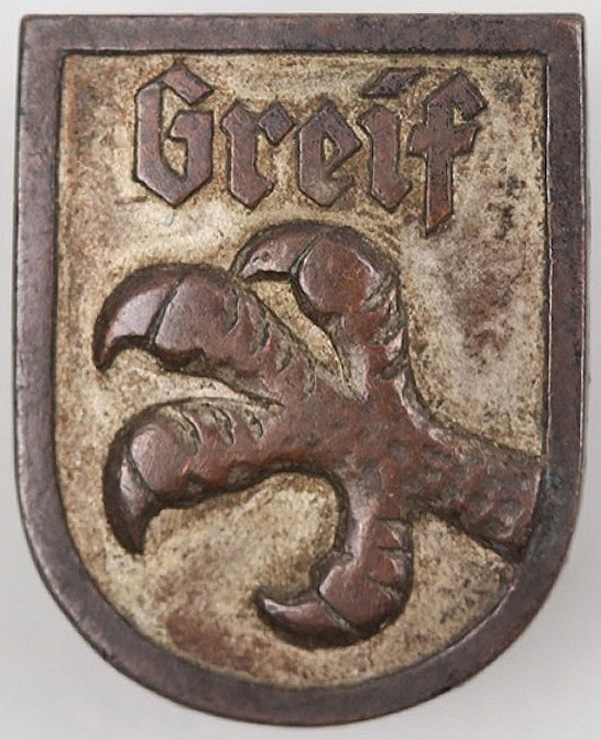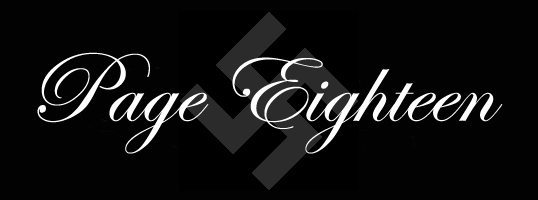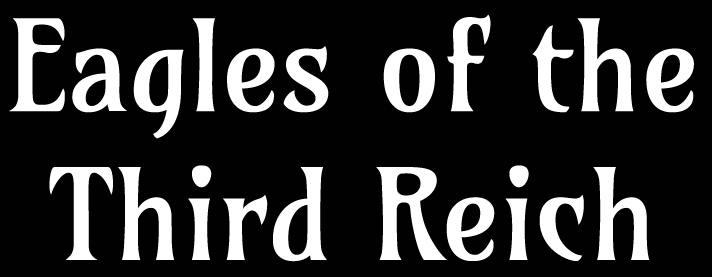
[Below: 1936/1937 Winterhilfswerk [WHW] (Winter Charity) aluminum tinnie pin. 'Meine Erste' (My First). I'm unsure what the TAT stands for...?]
[Below: This odd little eagle is from a book called 'Deutscher Polizeikalender 1940'.]
[Below: This large postage vignette says 'Reichs-Kredit-Gesellschaft' (Reich Credit Commpany).]
[Below: This eagle graces the cover of a 1933 book by Julius Streicher called 'Reichstagung in Nürnberg 1933'.]
[Below: This says: 'Krumau dankt seinen Befreiern!' (Krumau thanks its liberators). Krumau is in Lower Austria.]
[Below: This pin says: 'Parole Heimat' (Homeland Motto).]
[Below: This postcard is for the 1934 'Die Strasse' - 'The Street' exhibition in Munich for the opening of the Autobahn construction.]
[Below: This beautiful tapestry says 'Deutsche Wehr Deutsche Ehr - Tapferkeit Treue' (German Army German Honor -
Bravery Loyalty).]
[Below: Here is an interesting eagle found on an envelope postmarked on September 7, 1934 in Carlsruhe. 'Karlsruhe
2. Grenzland=Werbemesse - Braune Messe=Deutsche Woche' (Karlsruhe- 2nd Grenzland Advertising Fair - Brown Fair - German Week).]
[Below: Close-up. I love the detail in this cancel. The little flags are so neat.]
[Below: Wow, this is very cool. Ok, they aren't eagles, but the griffins are beautiful. This has something to do with the Reich Labor Force (RAD), due to the symbol on the guard booth.]
[Below: The RAD symbol found above.]
[Below: This late war postage stamp, bearing a WHW (Winterhilfswerk) eagle, with a sword across its chest, is postmarked on January 13, 1945, and says 'Deine Haltung Entscheidet - Kriegswinterhilfswerk' (Your Attitude Decides - War Winter Relief Fund).]
[Below: These two General Government (Poland) postcards say' Vier Jahre' (Four Years). They celebrate four years of German administration.]
[Below: These tapestries are always so beautiful.]
[Below: This picture is celebrating Germany's new built-up transport network. Rudolf Hess is speaking at the opening of a new stretch of canal.]
[Below: This is a postage free government envelope postmarked on March 12, 1939. In the corner is a cancel from the WHW (Winterheilfswerk) advertising a stamp show.]
[Below: Close-up.]
[Below: Airmail postage stamps, the one on the left is a regular adhesive postage stamp, while the other is from a prepaid postcard. Also note below this is the stamp used in another postcard design.]
[Below: Postage stamps commemorating the 1935 Reichsparteitag.]
[Below: The reverse of an evelope from the 'Hotel Preussenhof' in Stettin. This is an odd design, like a silhouette of a Third Reich eagle from behind that is sitting on a swastika in a wreath. Stettin, like so much of Germany's land and resources, was stolen after WW2. It is now a part of Poland and is named 'Szczecin'...]
[Below: Close-up.]
[Below: The Hotel Preussenhof - then (1927).]
[Below: The Hotel Preussenhof - now.]
[Below: An envelope from September 1938 from 'Karlsruher
Lebensversicherungsbank' (Karlsruhe Life Insurance Bank). This has a cool looking eagle with an attitude.]
[Below: Close-up.]
[Below: A 1935 foil advertising stamp from the Karlsruhe Life Insurance Bank.]
[Below: Here is a different foil advertising stamp from 'Josef Gier Tuchfabrik M. Gladbach', which was a clothing factory.]
[Below: This is an award certificate for 1st prize in a competition. This looks so strange, but I like it.]
[Below: Italian flags fly in front of this beauty. It must have been during Mussolini's state visit to Germany. To think all of this beautiful archetecture was destroyed during and after the war by the vengeful Allies. Now we are left with this ugly world as our reward for the evils of our forebears.]
[Below: This police book says 'Sonderheft -
Grenzkampf ost' (Special issue - Border Struggle East)
.]
[Below: Here's the eagle close-up. He looks very angry.]
[Below: The Frankfurter Volksblatt, February 1939. This uses a very thin-winged eagle.]
[Below: Close-up.]
[Below: This is beautiful Winterhilfswerk coin from 1934-35.]
[Below: This has a really unique and cool eagle. This poster says:
[Below: This tapestry depicts the history of the eagle of the German Reich, by Professor Diebitsch.]
[Below: This is a book cover, called 'Von der Freheit des Kriegers' (On the freedom of the warrior). This is a rare soaring eagle.]
[Below: A soldier leans on a grain sack. Yes, even National Socialist grain sacks were cool. These also came in heavy paper.]
[Below: This 1939 poster says:
'Im Glauben an Deutschland
(Believing in Germany
By Robert Fuchs (1896-1981).]
[Below: Here's something different -- the eagle's claw. This represents the Greif Division of the Wehrmacht.]
[Below: A Greif Division supply wagon has overturned, somewhere on the eastern front, 1940-41.]
[Below: A Greif Division on the eastern front, 1940-41.]
[Below: A spectacular looking rally of the Greif Division.]
[Below: Greif Division pin.]
[Below: Silver commemorative coin featuring Hermann Göring.]
[Below: Silver commemorative coin featuring Adolf Hitler.]
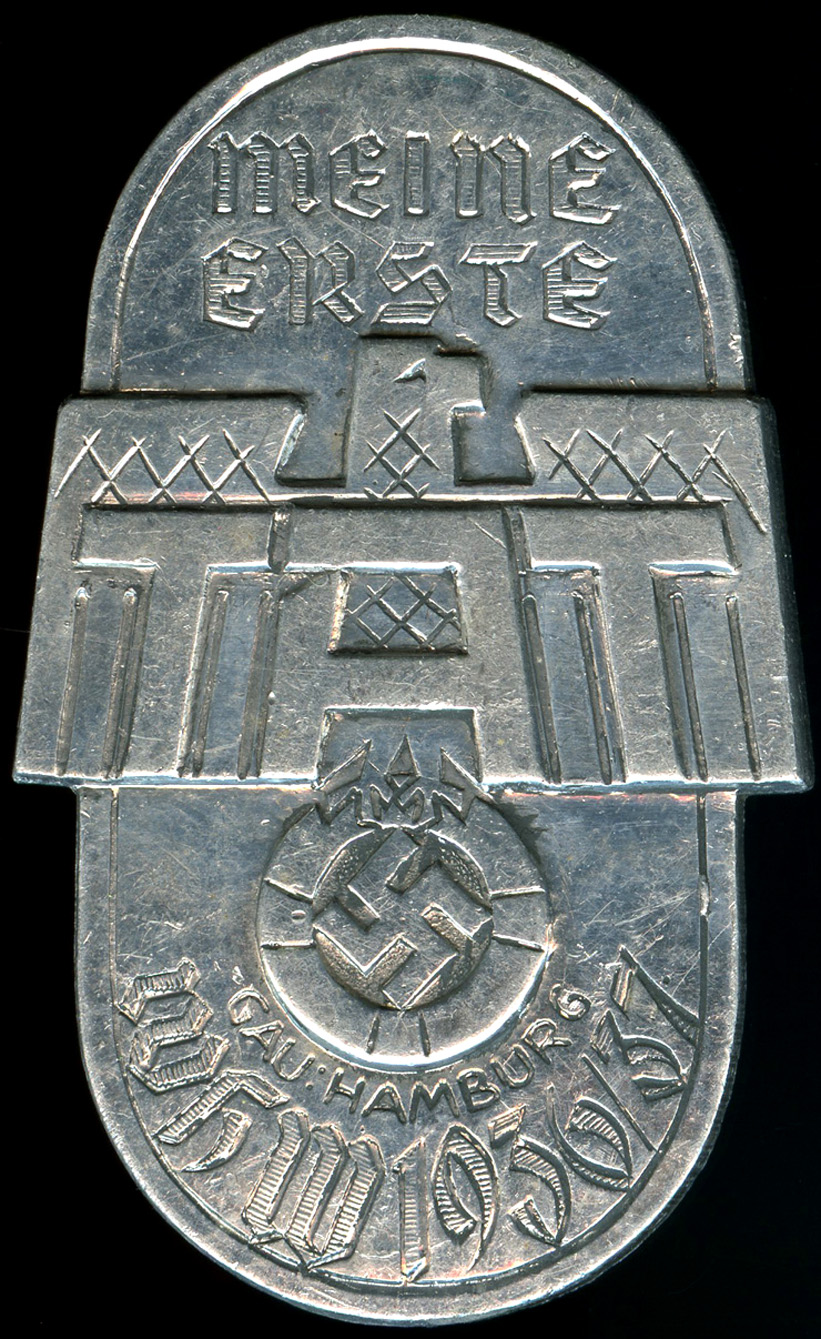
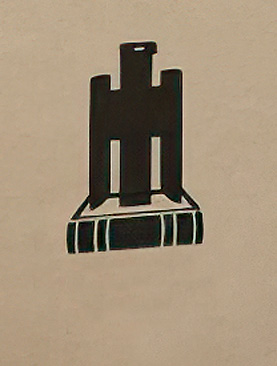
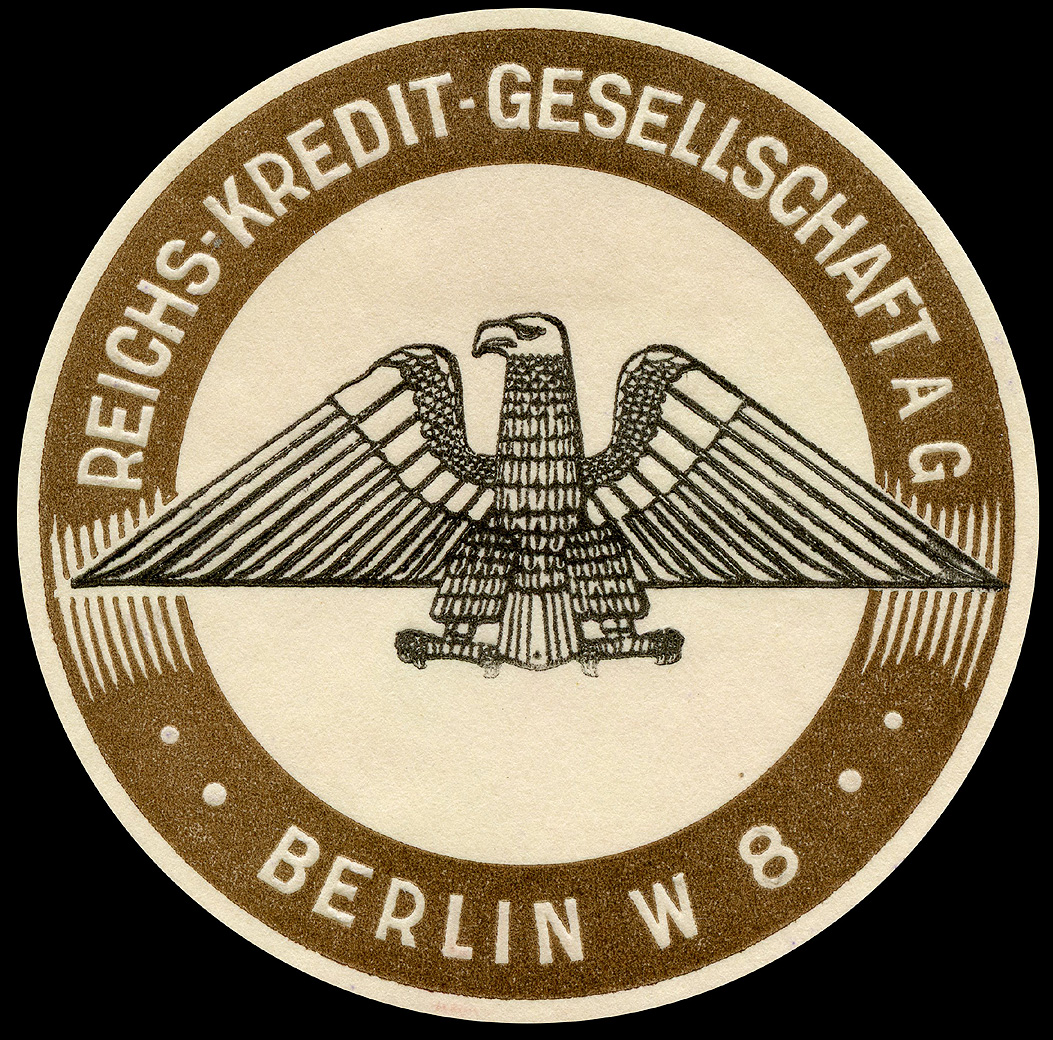
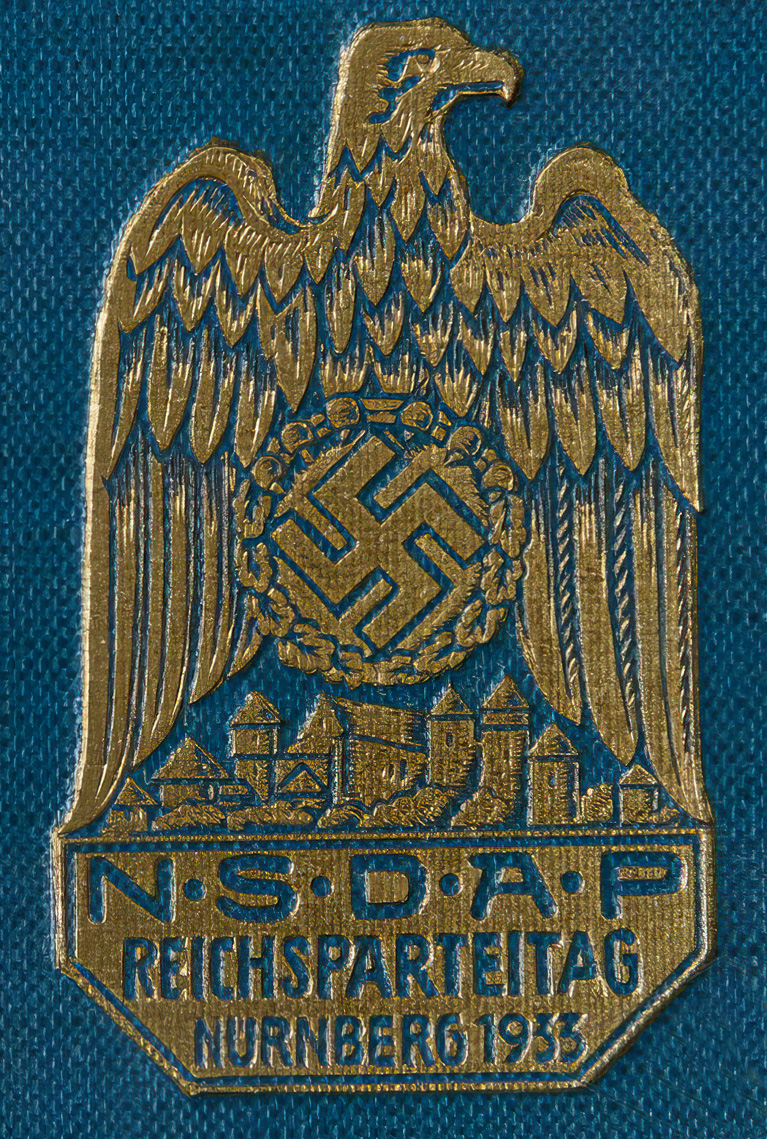
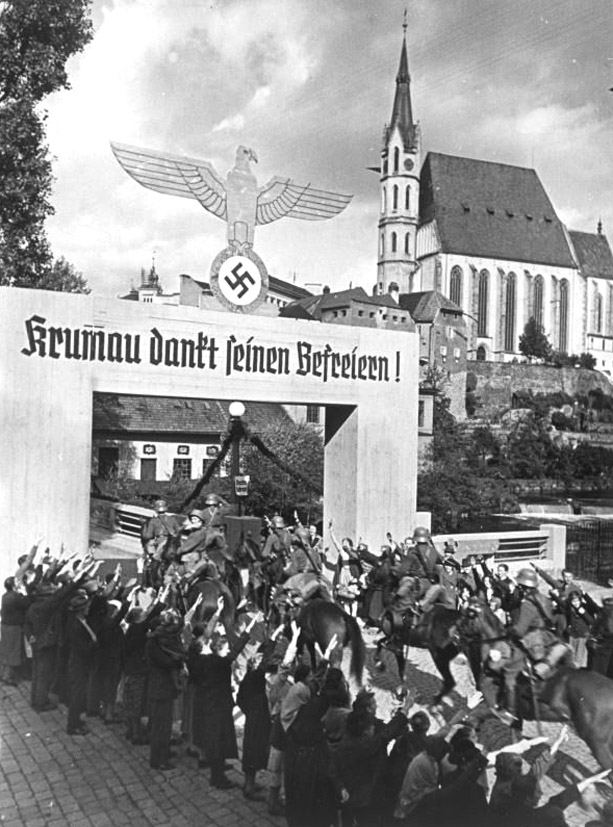
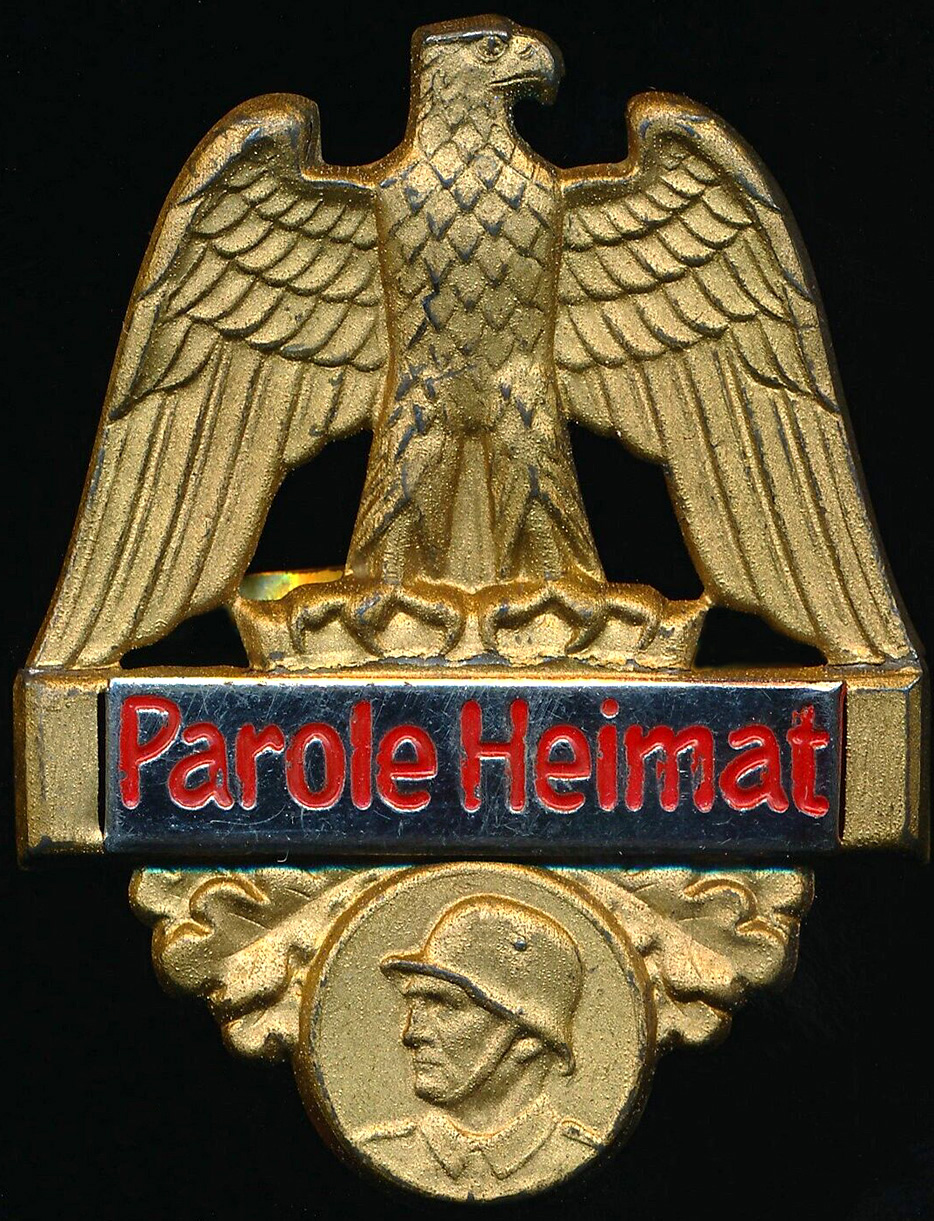
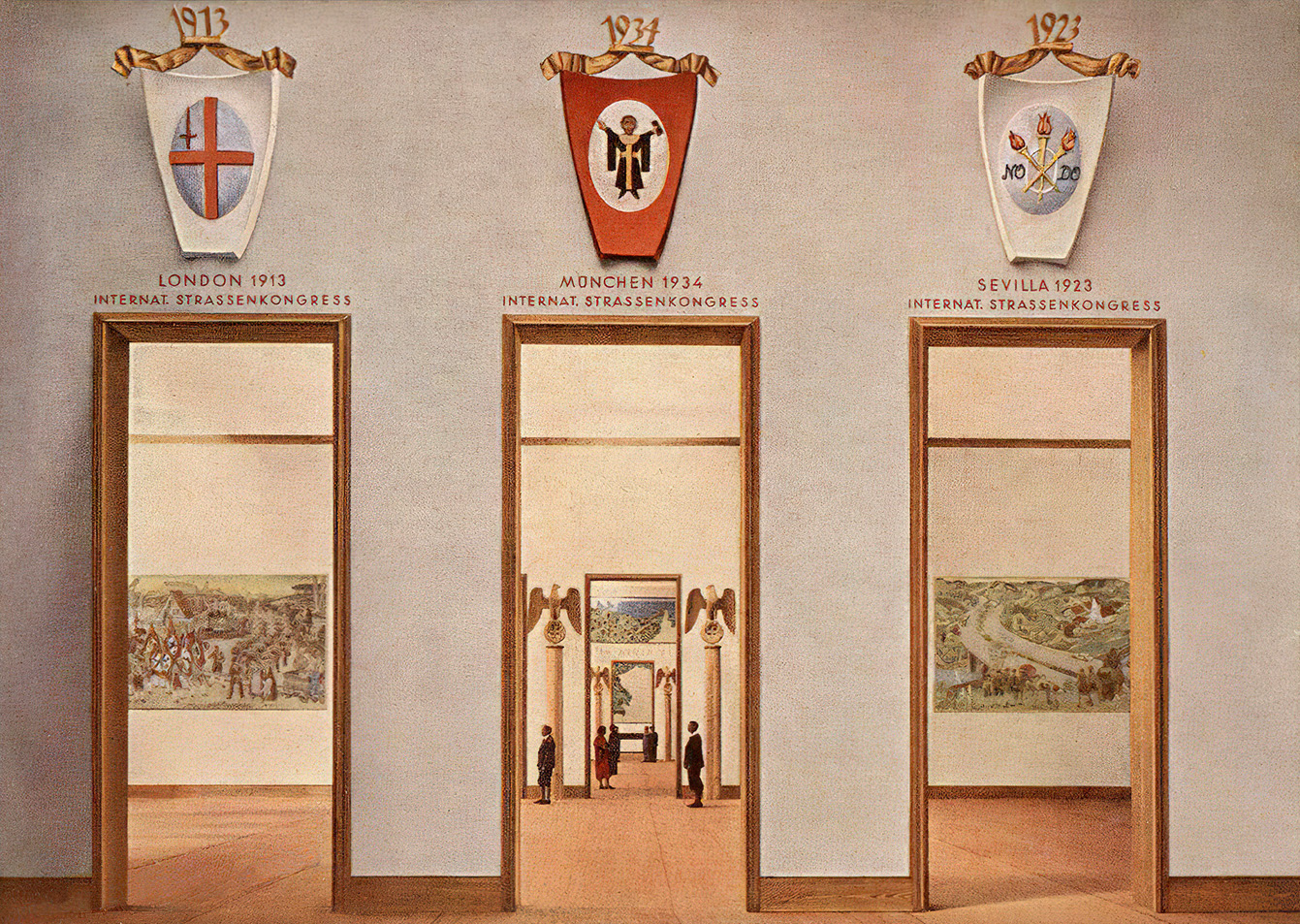
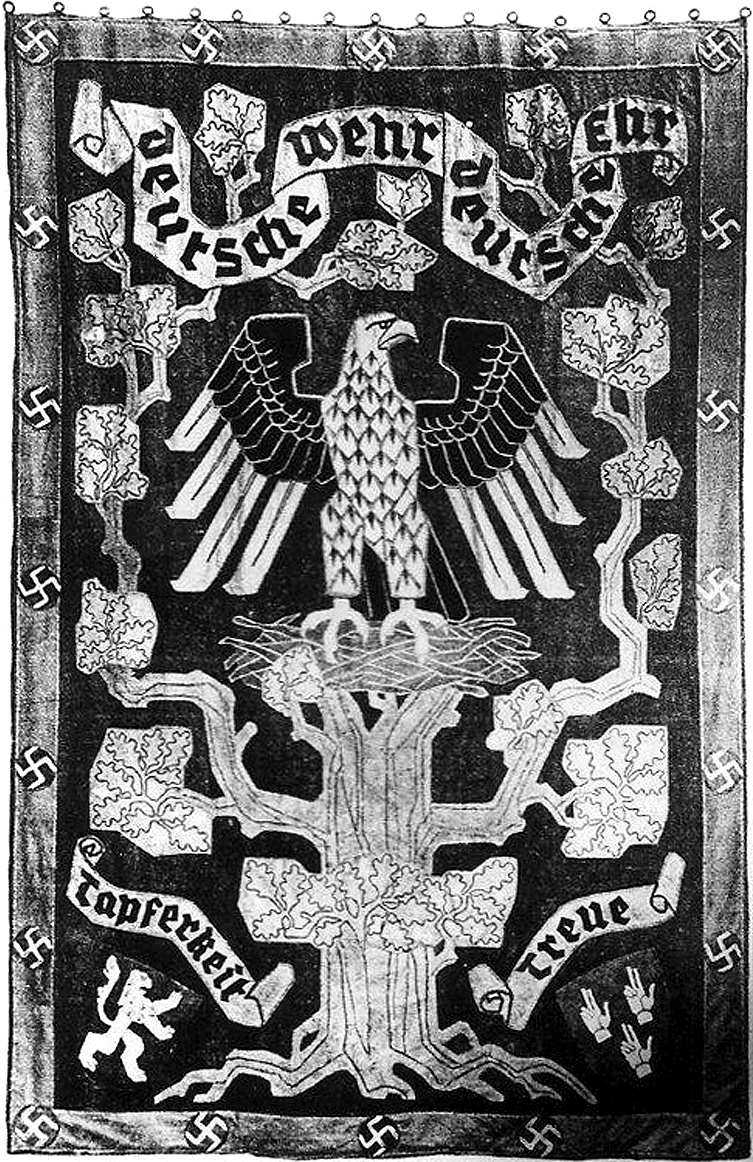
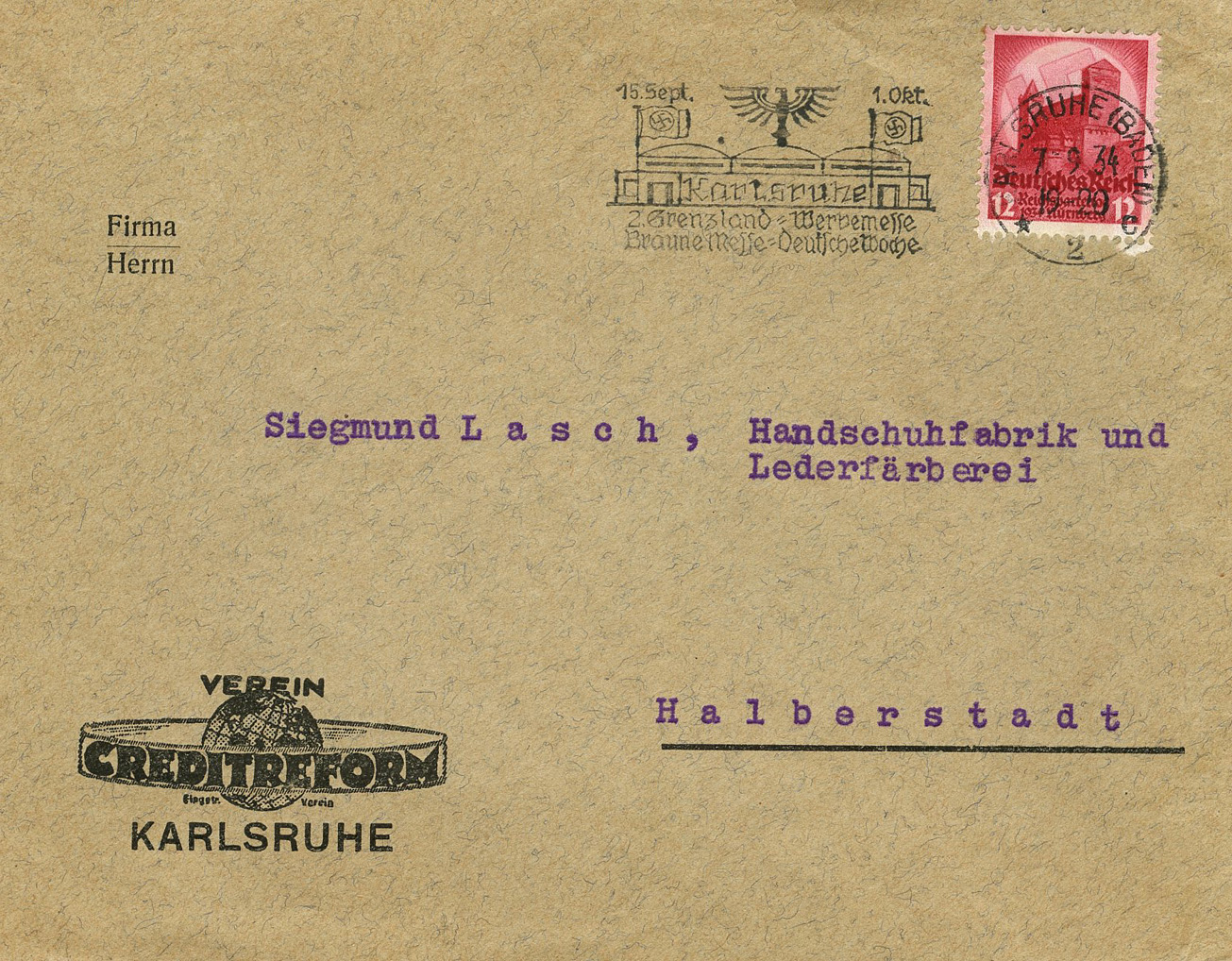
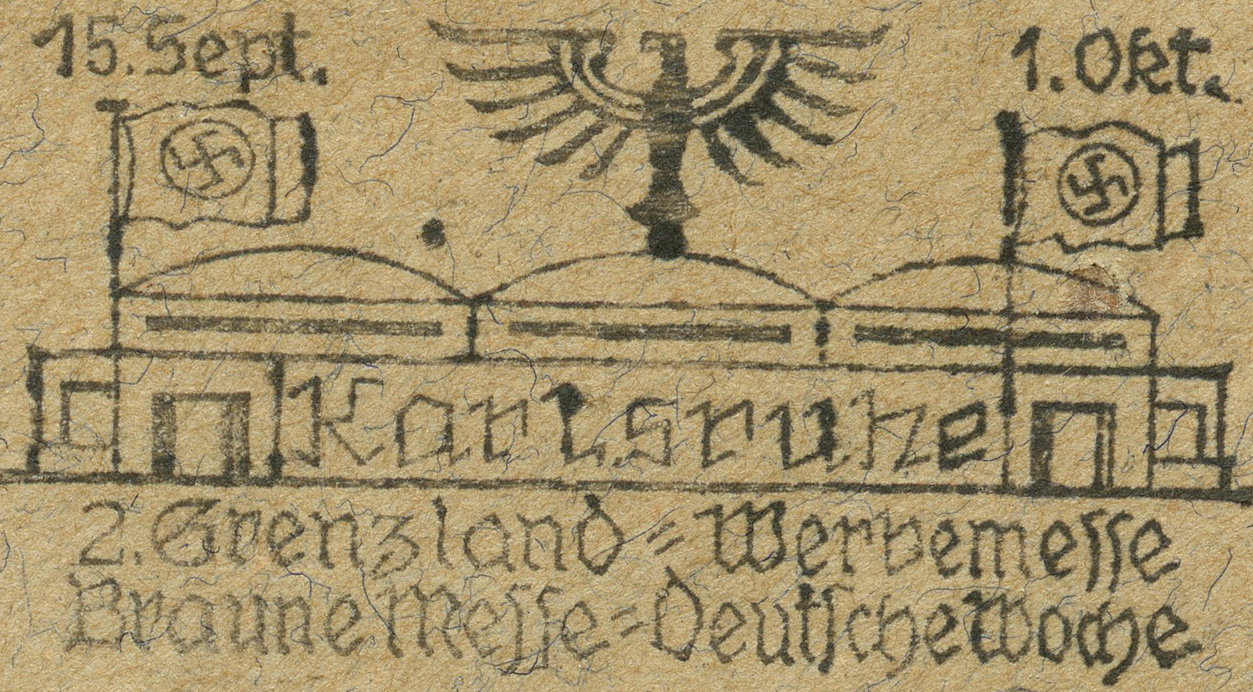
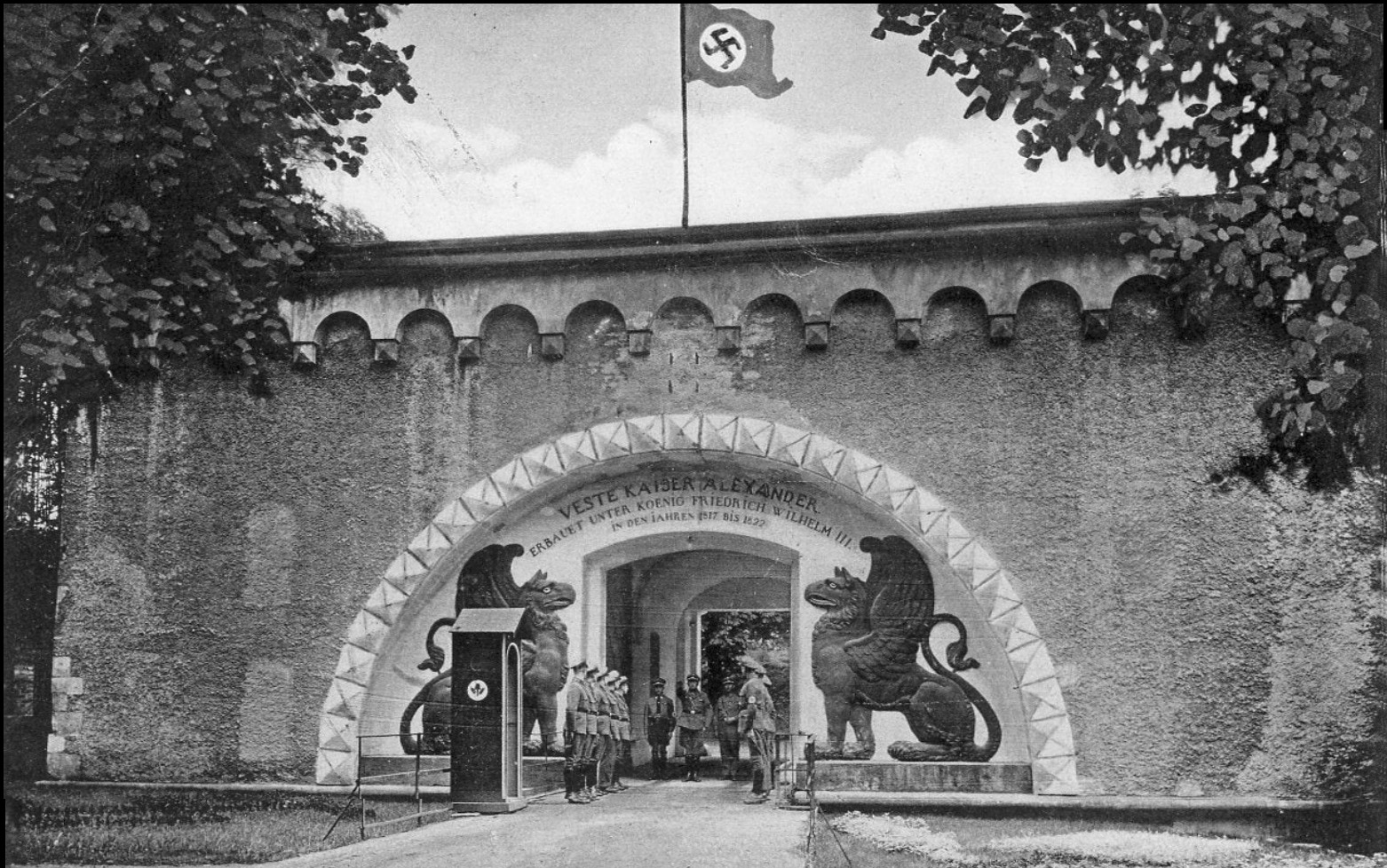
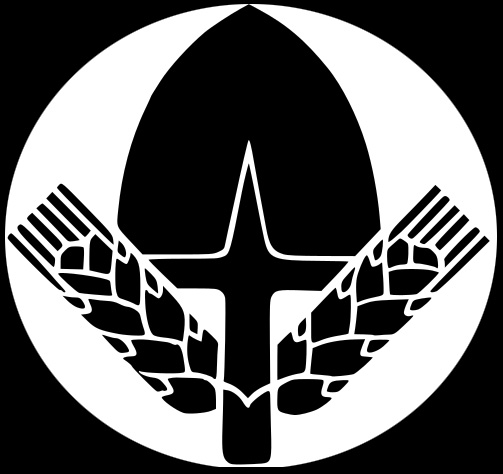
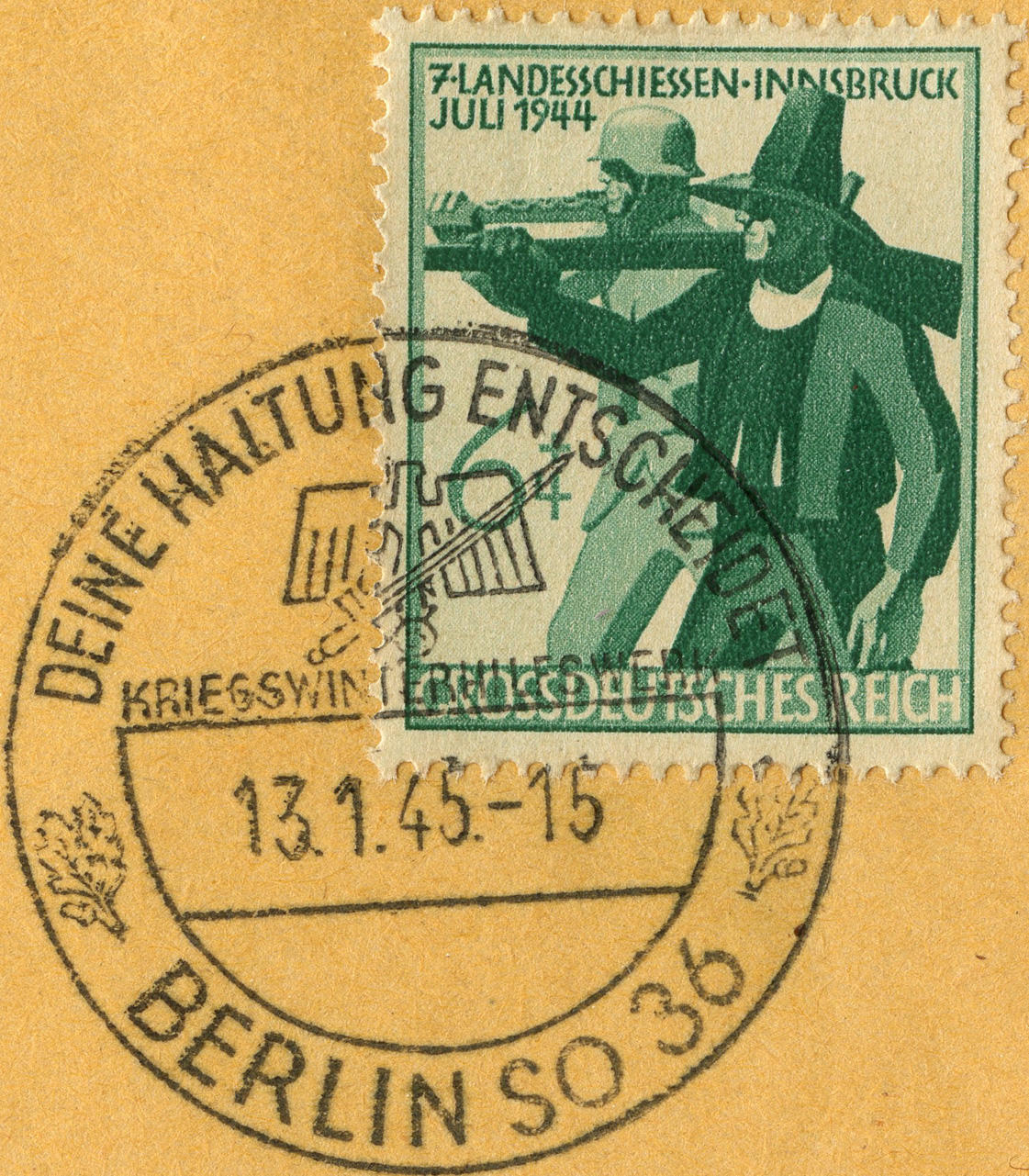
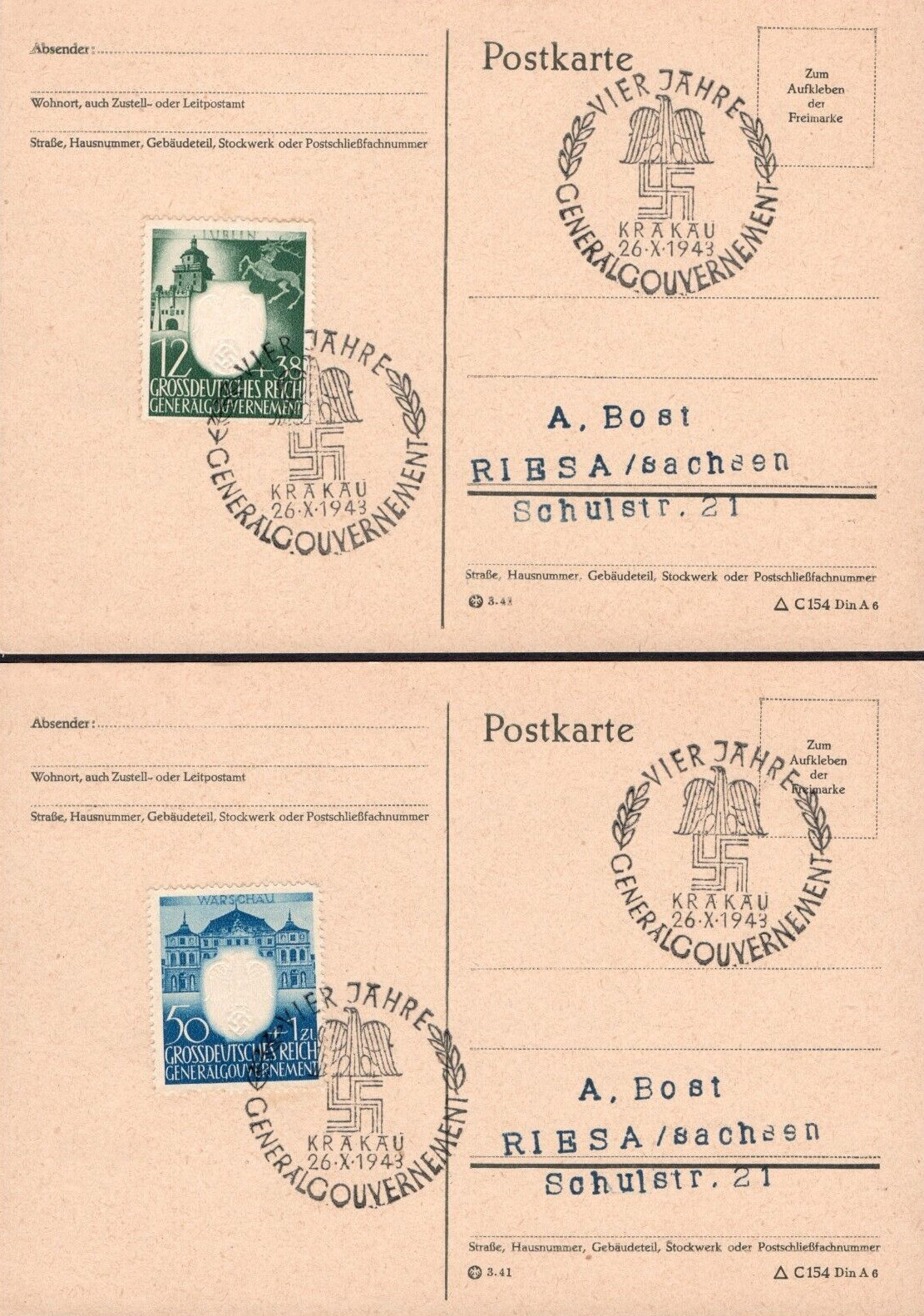
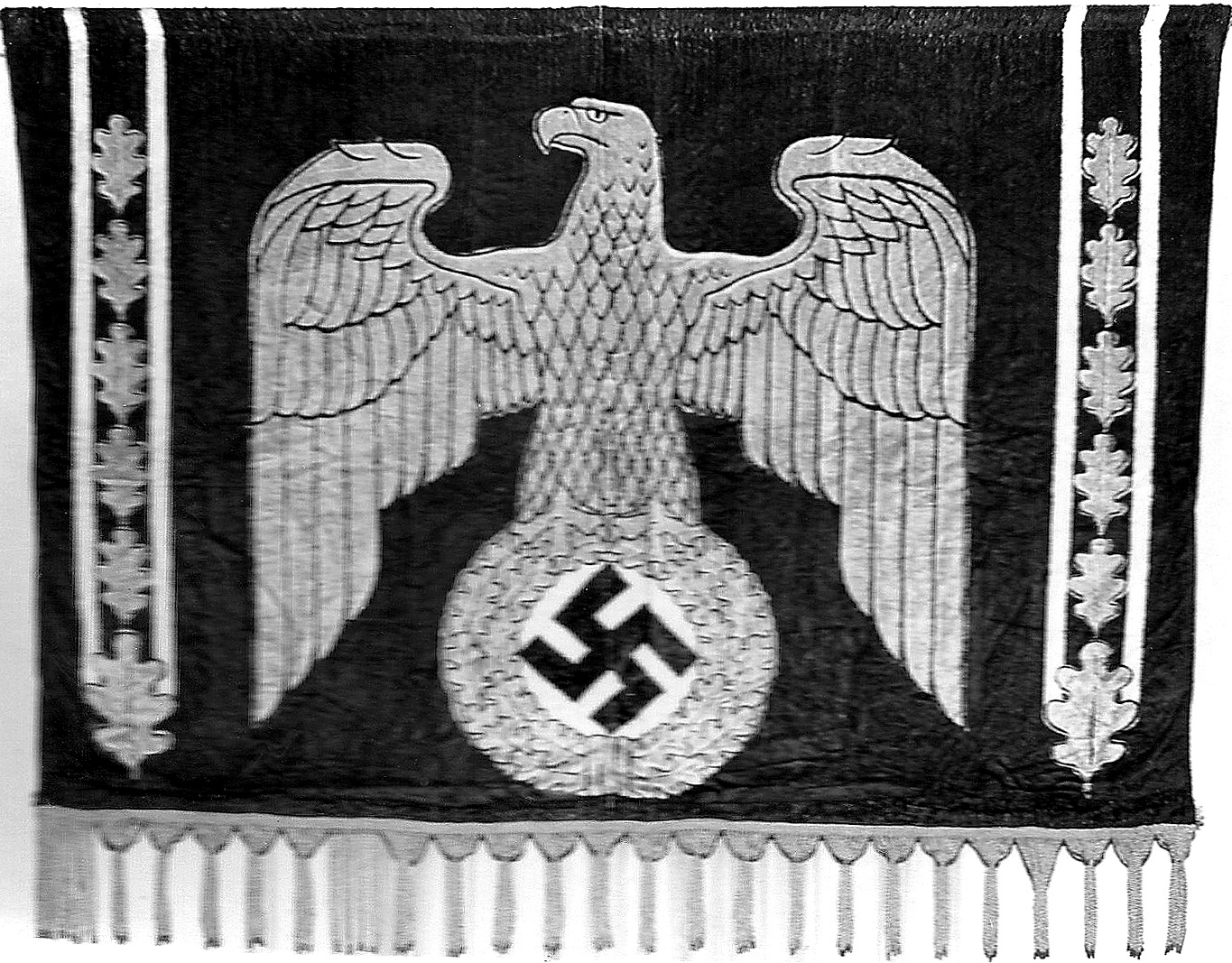
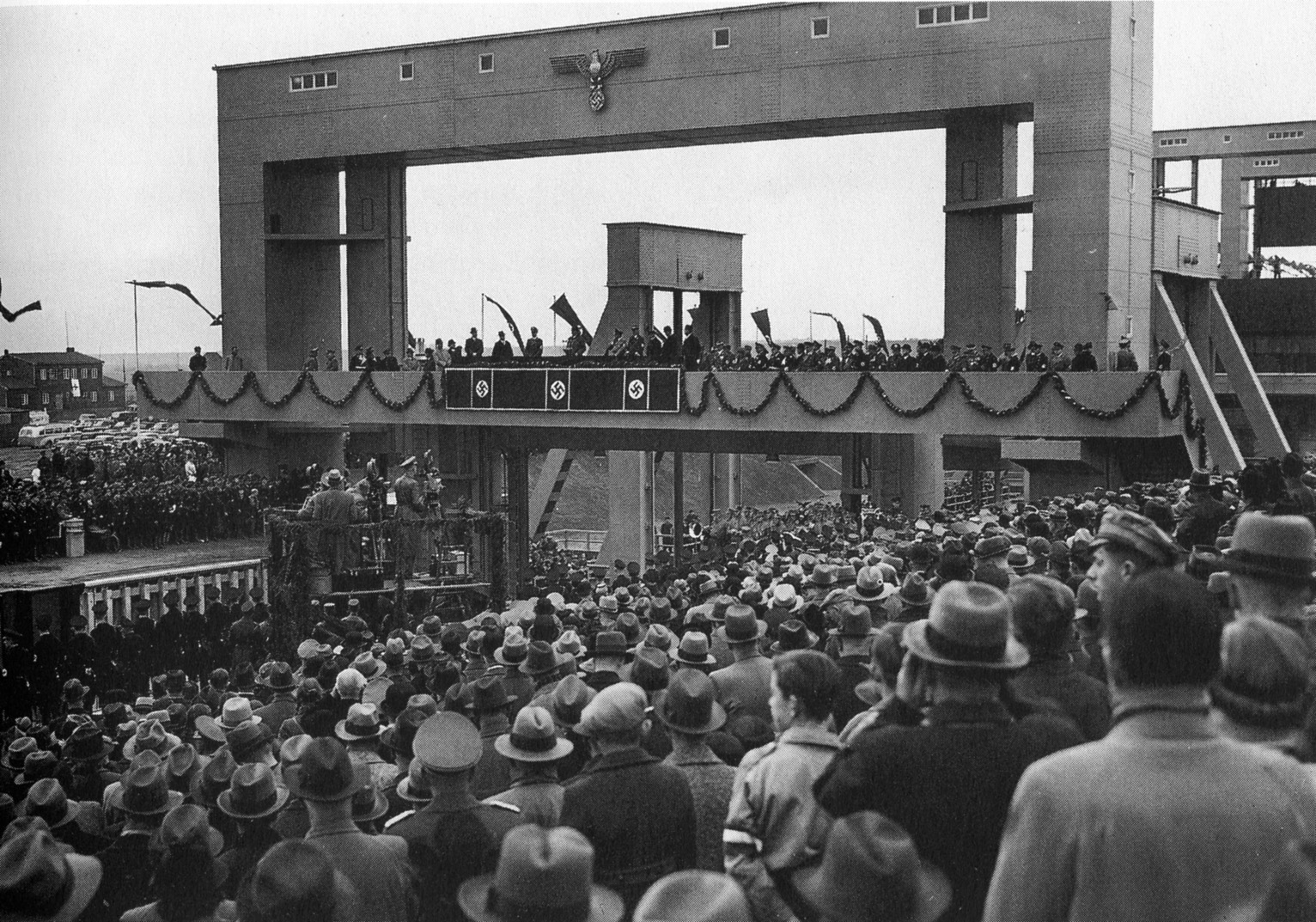
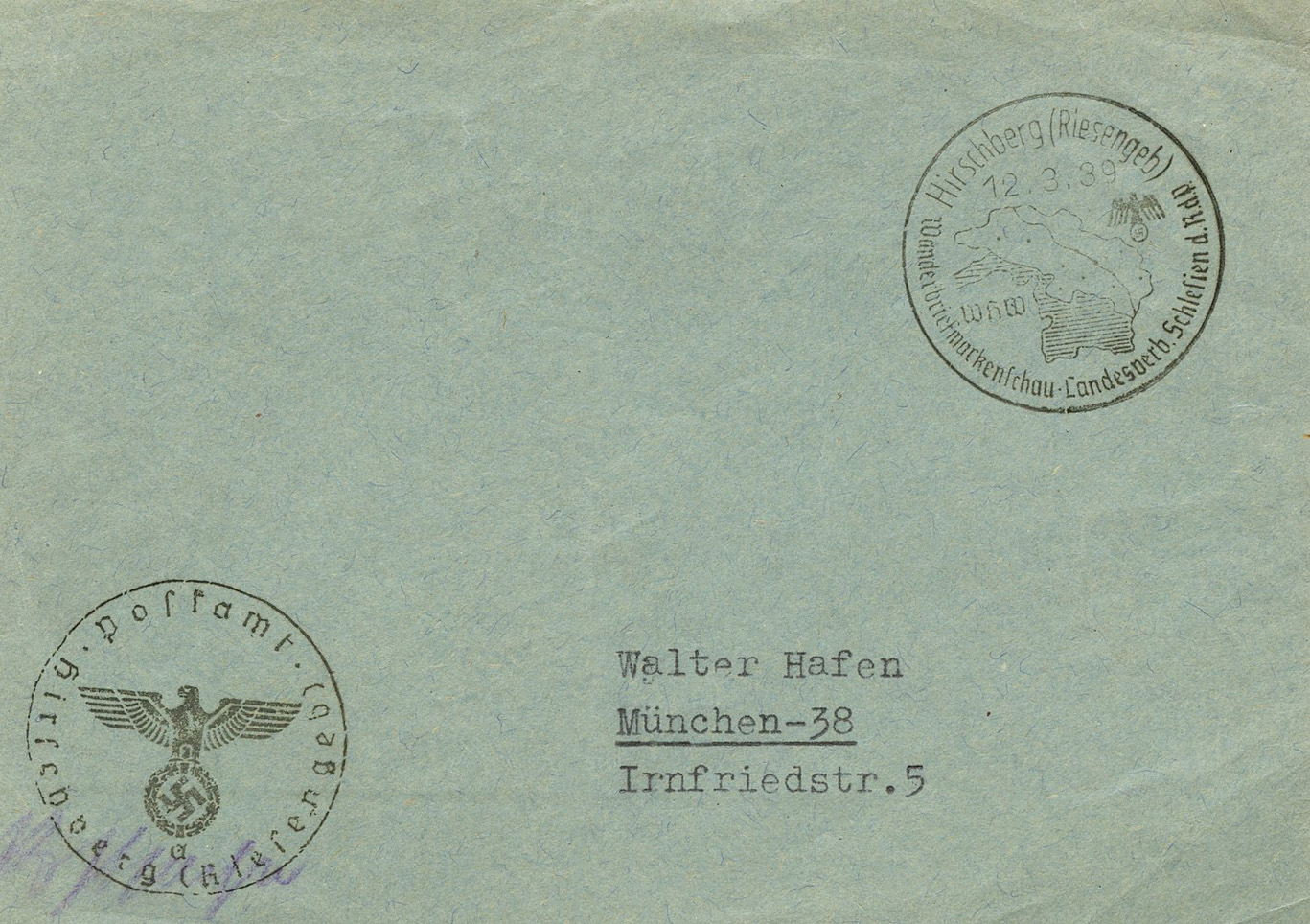
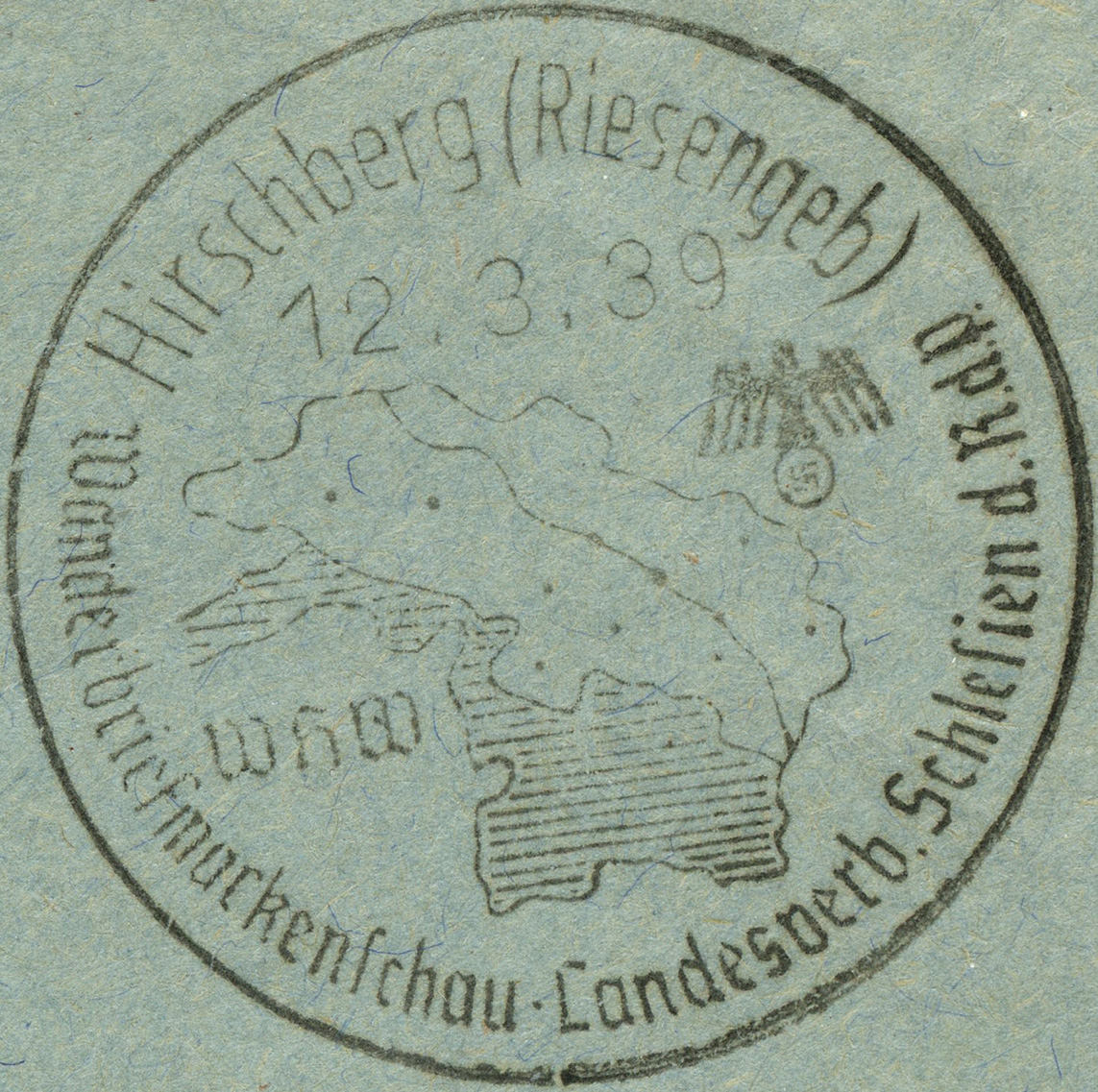

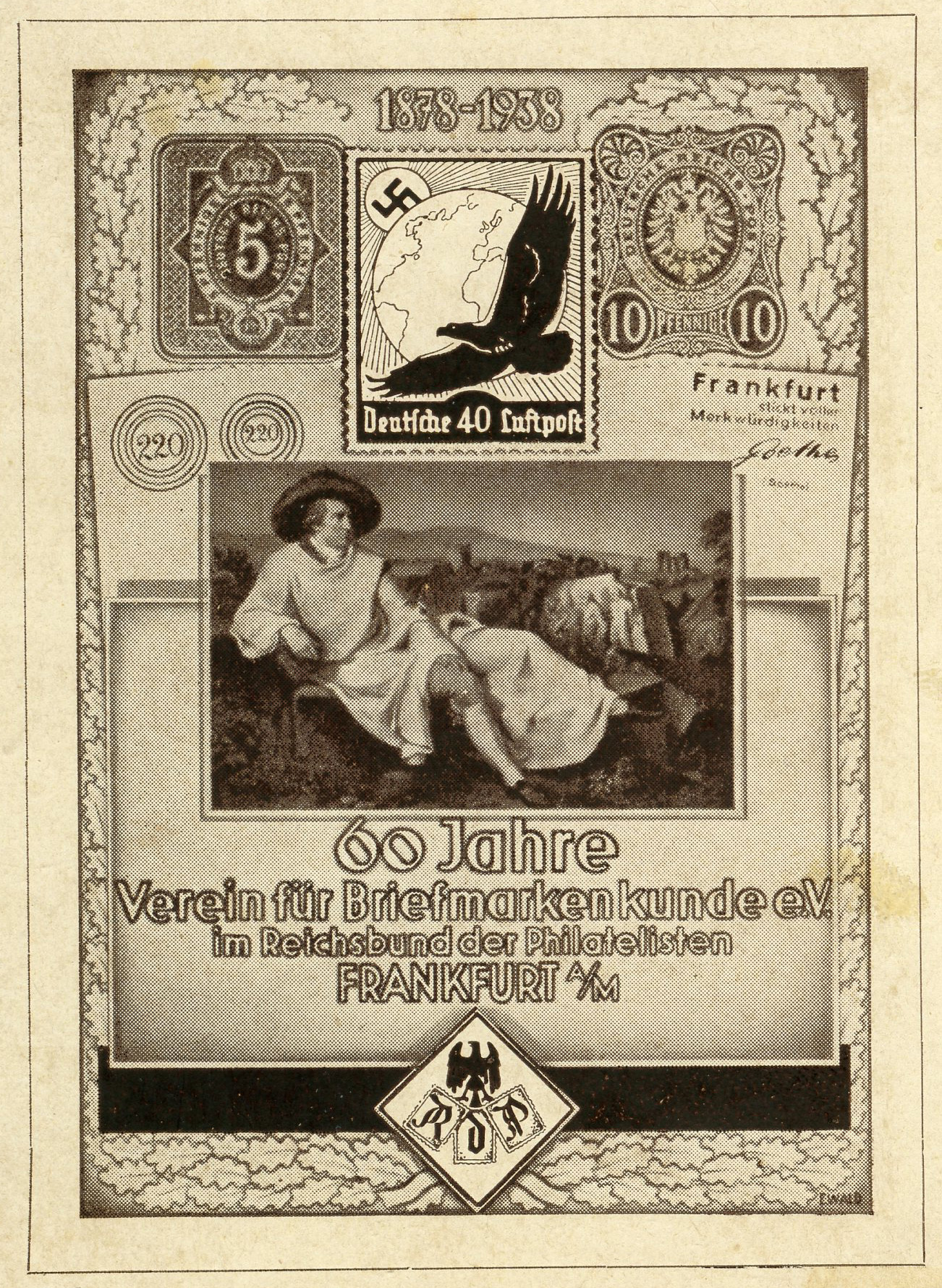
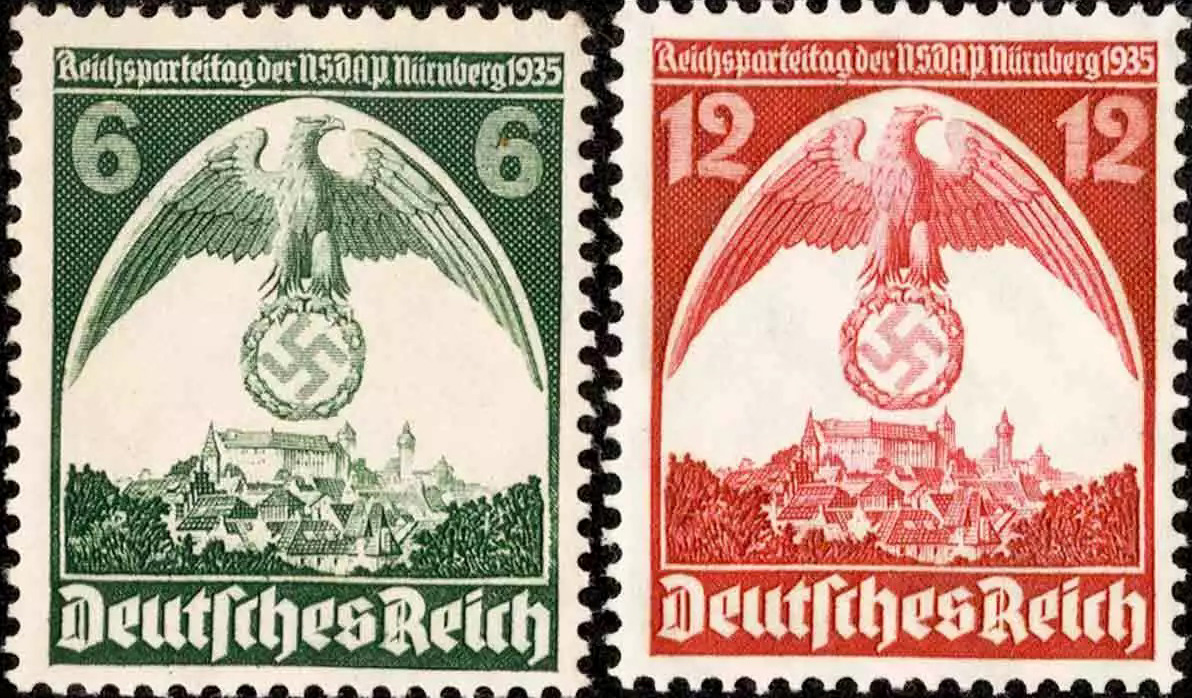
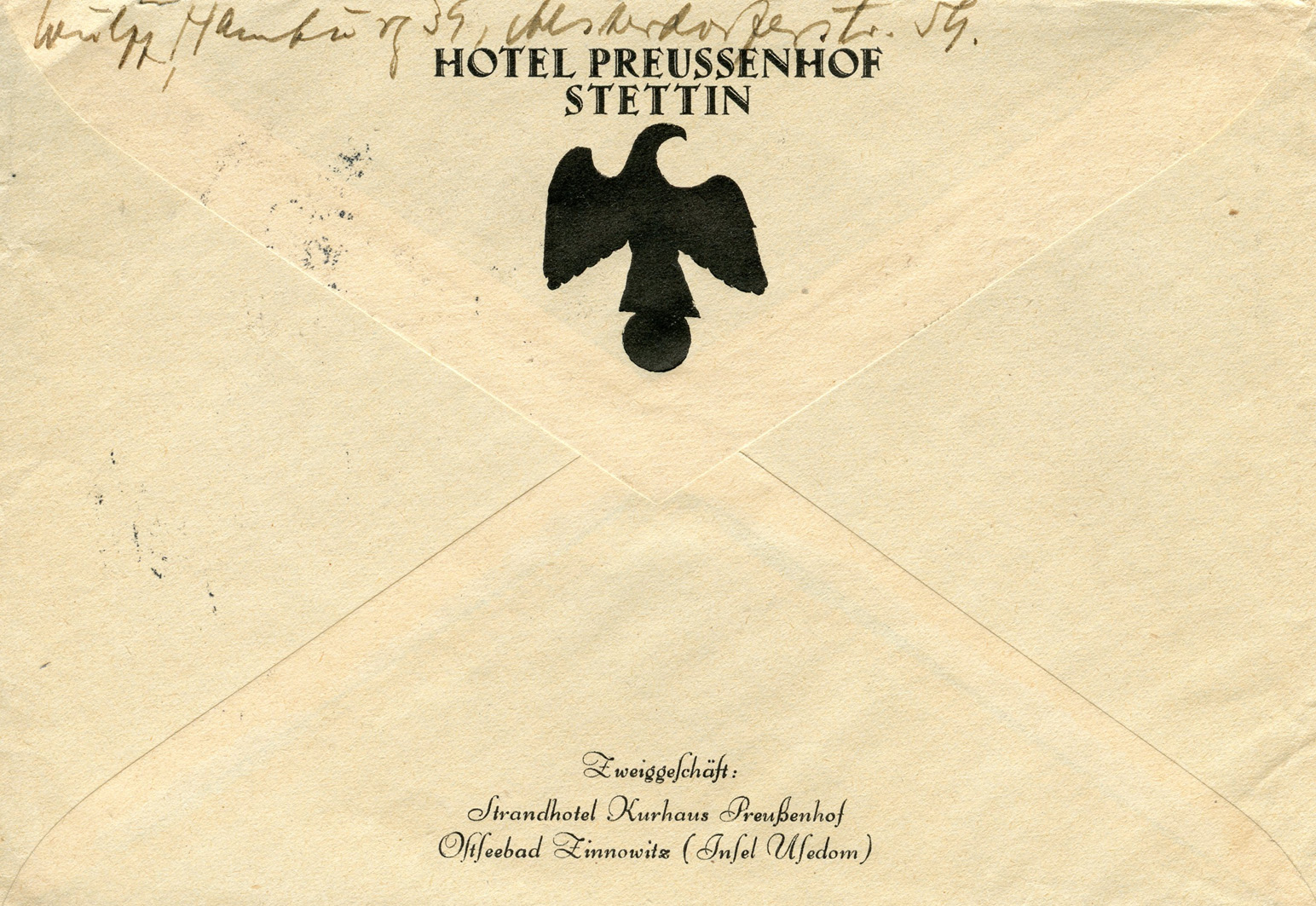
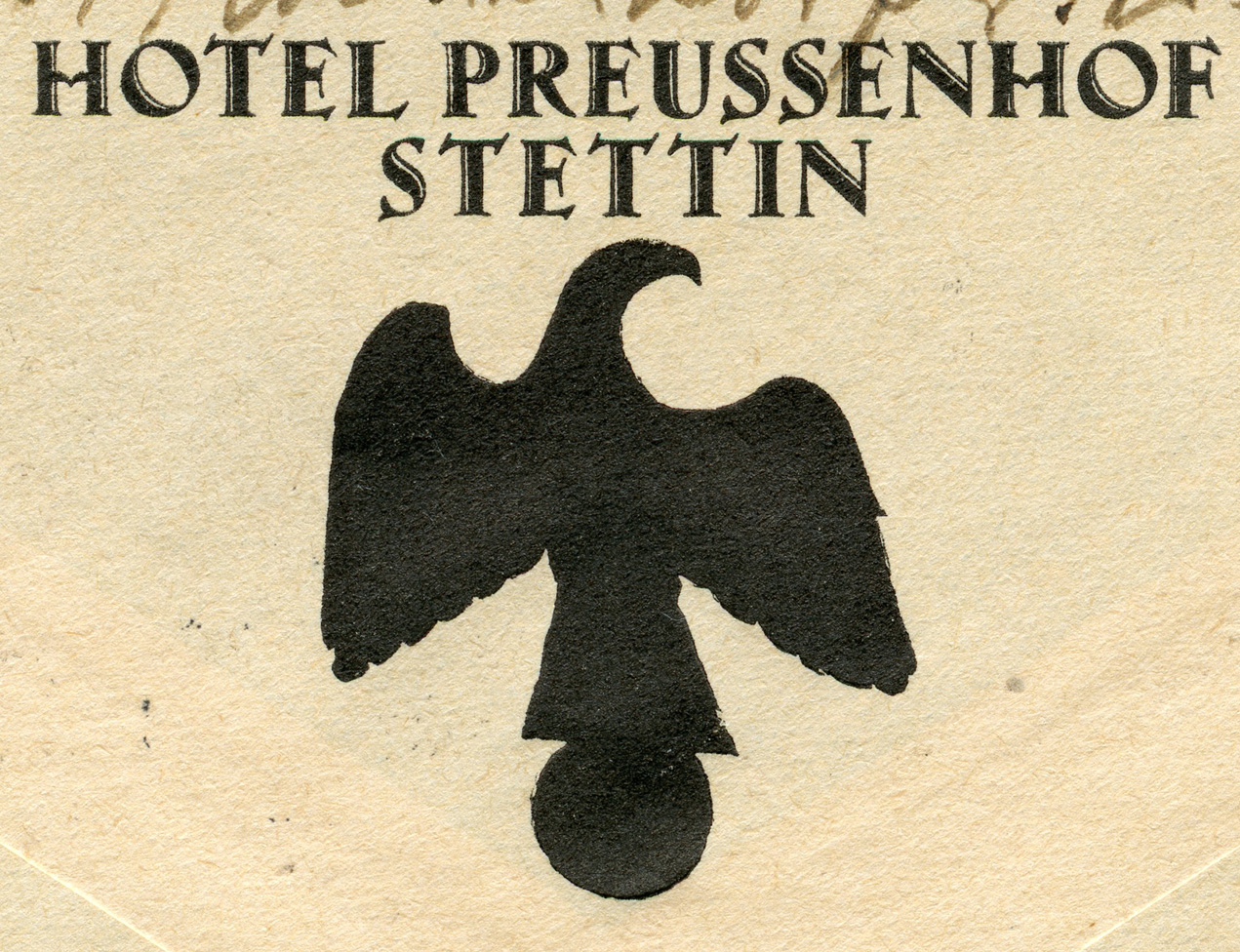
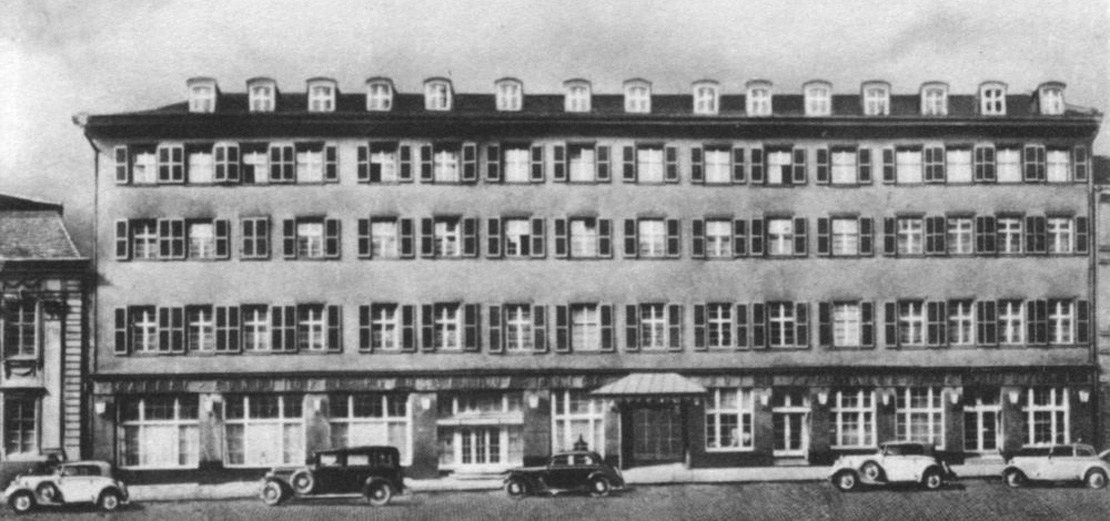
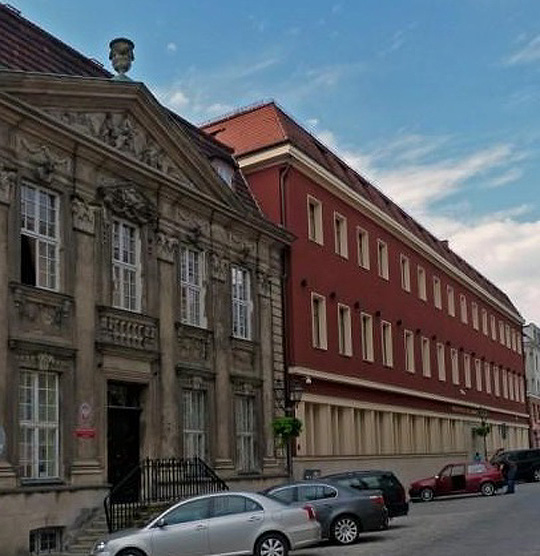
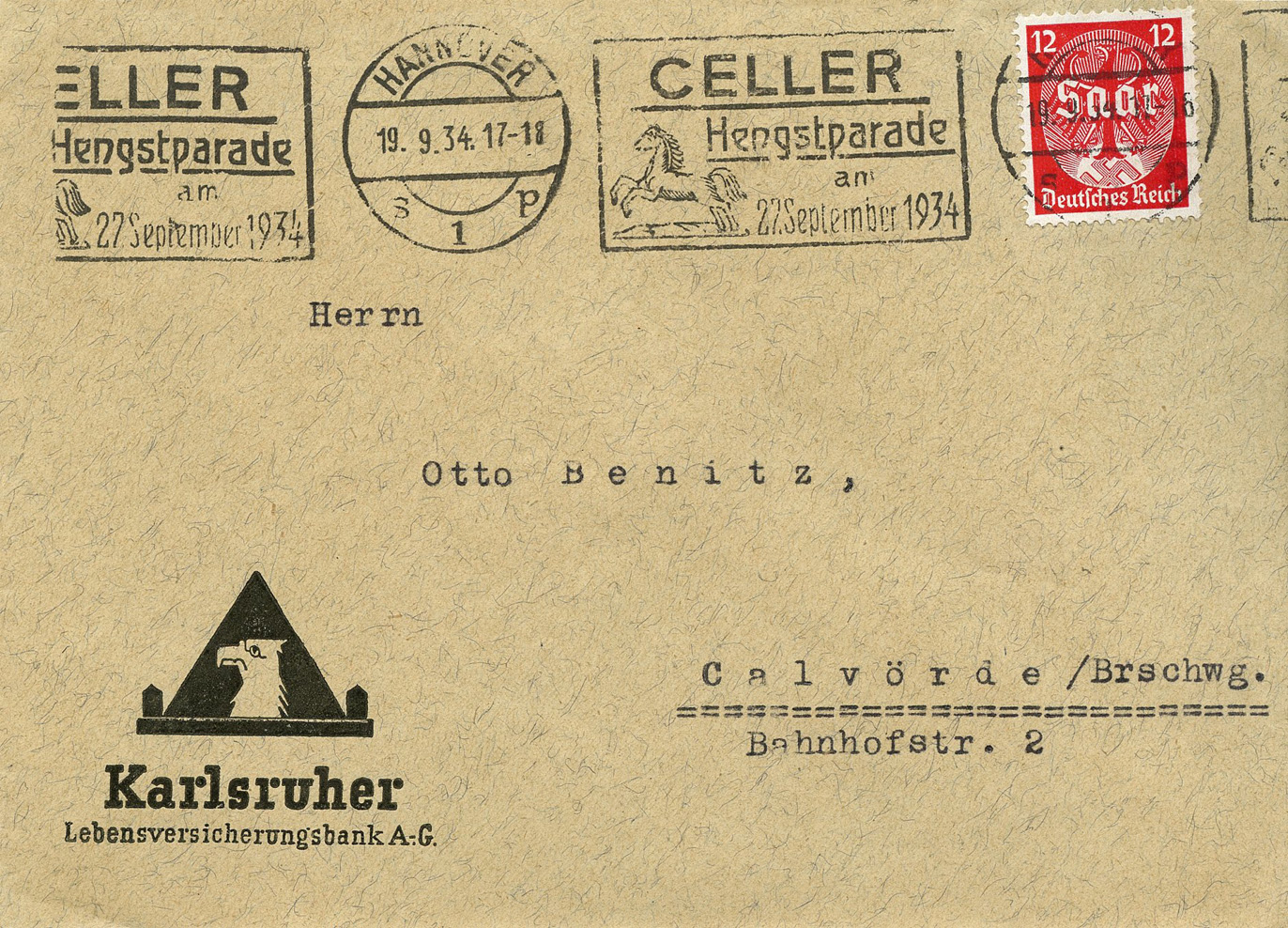
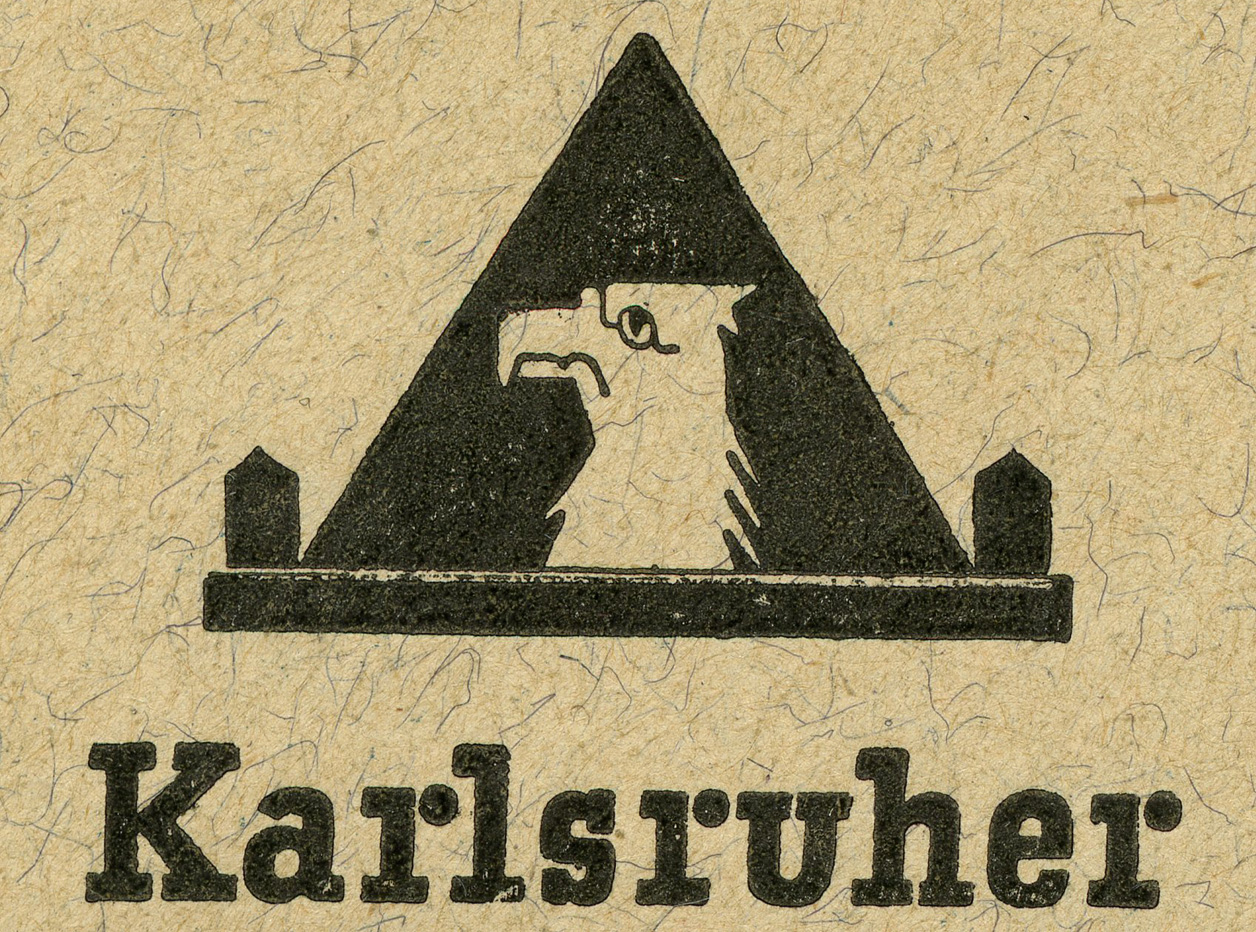
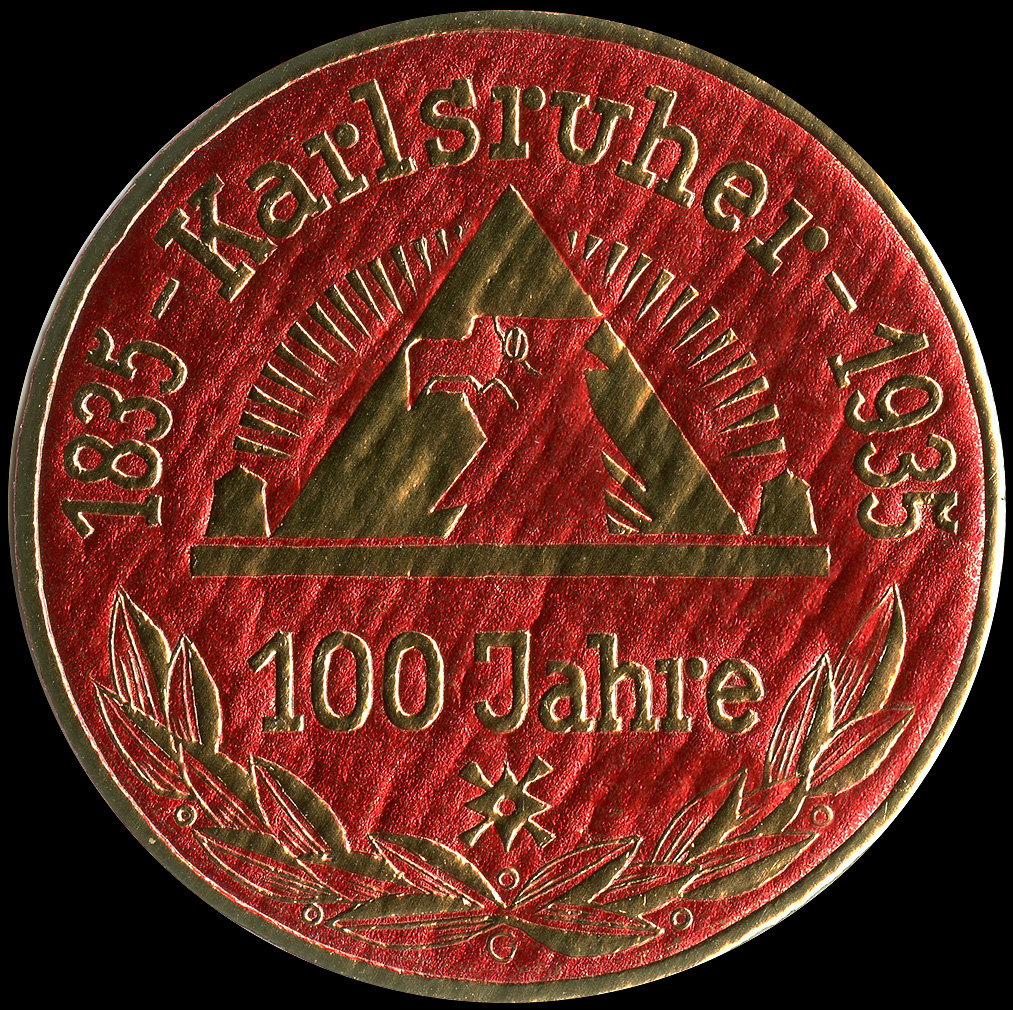
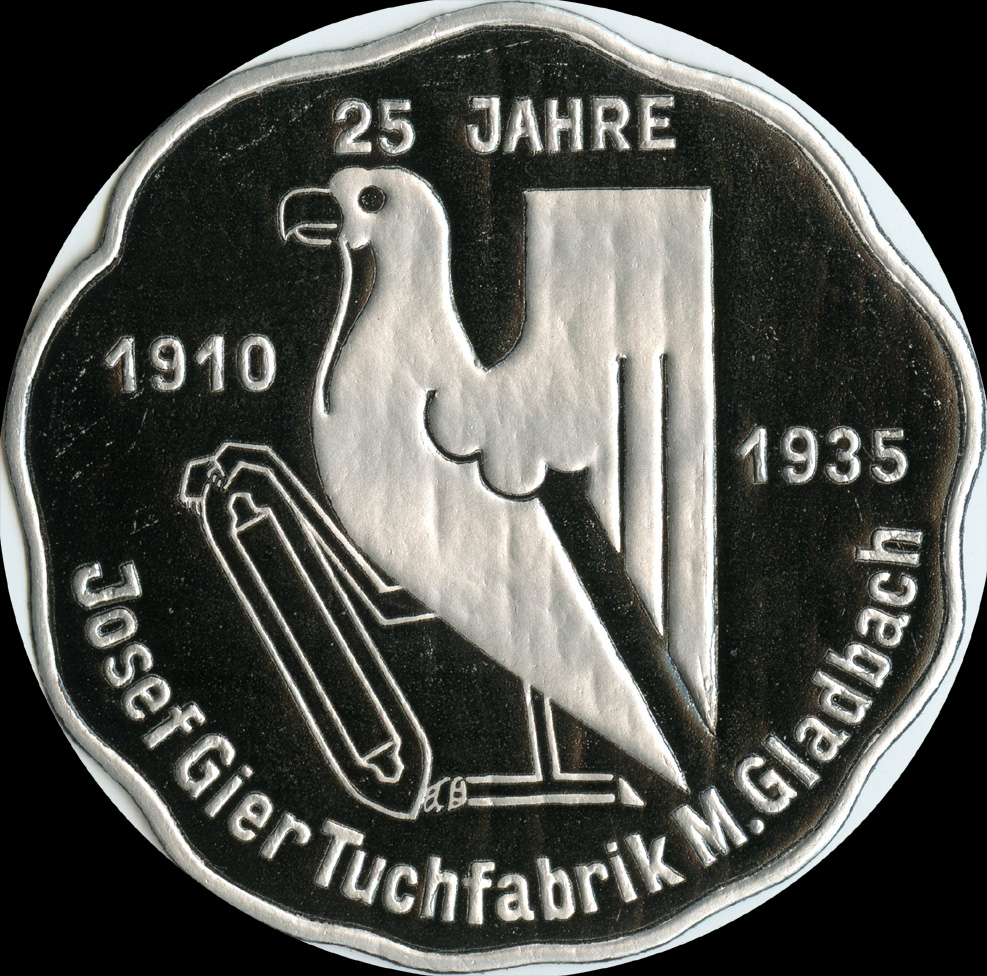
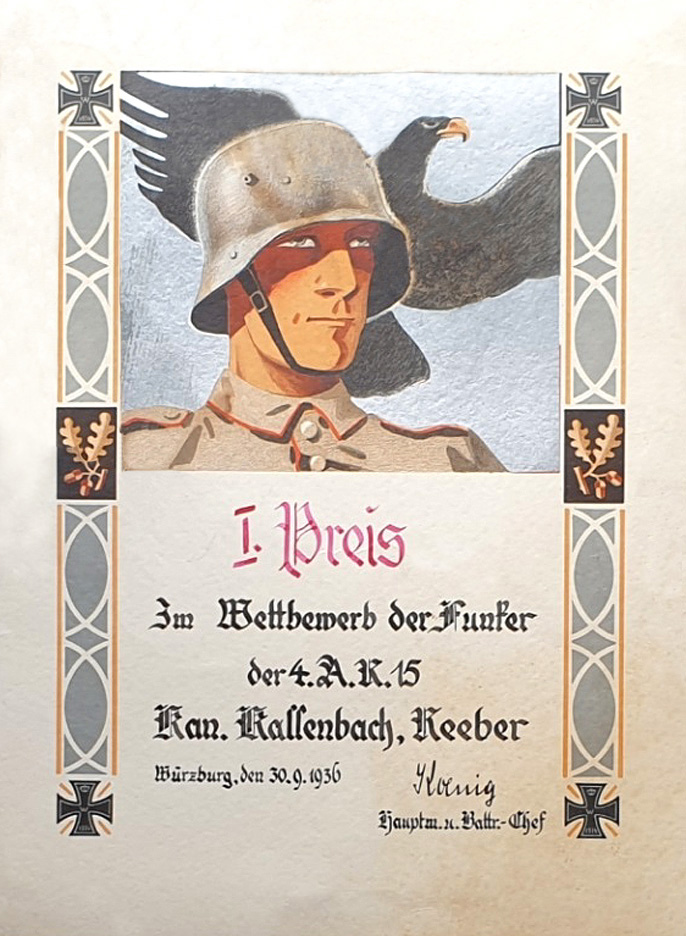
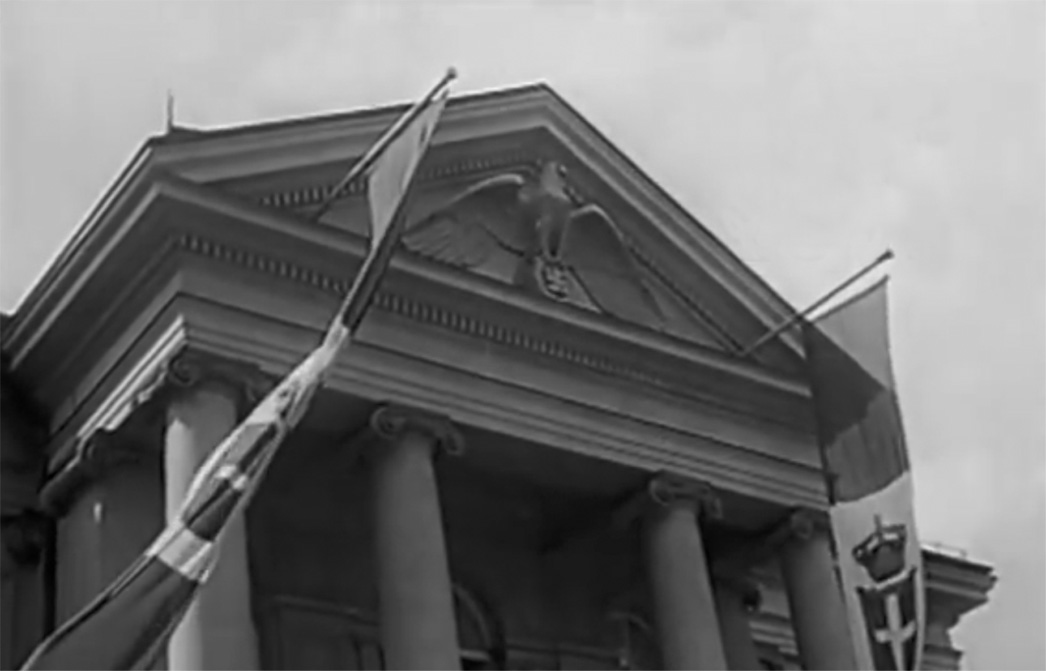
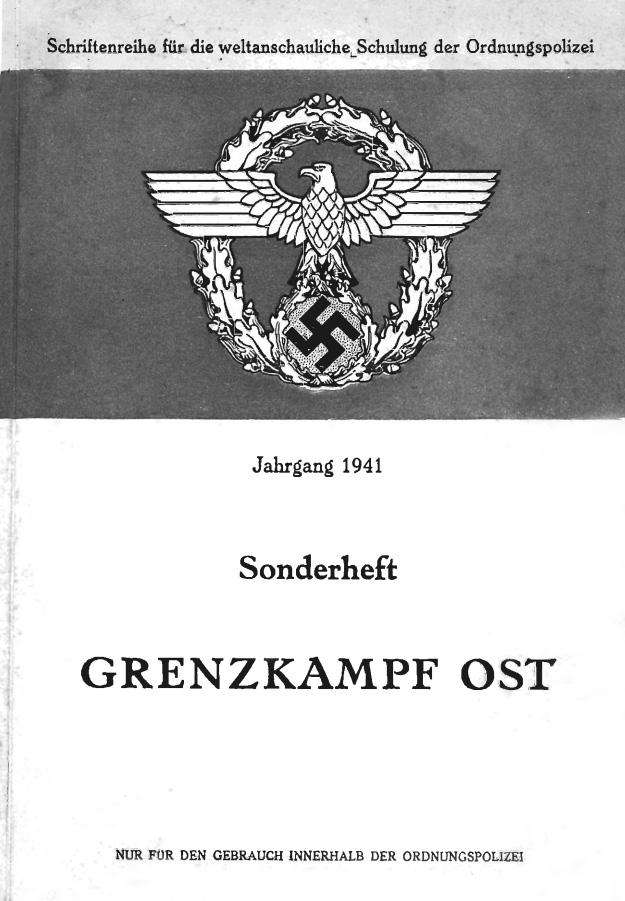
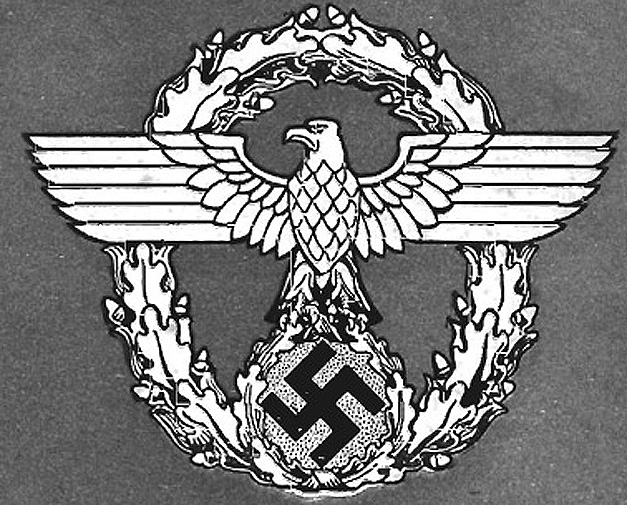
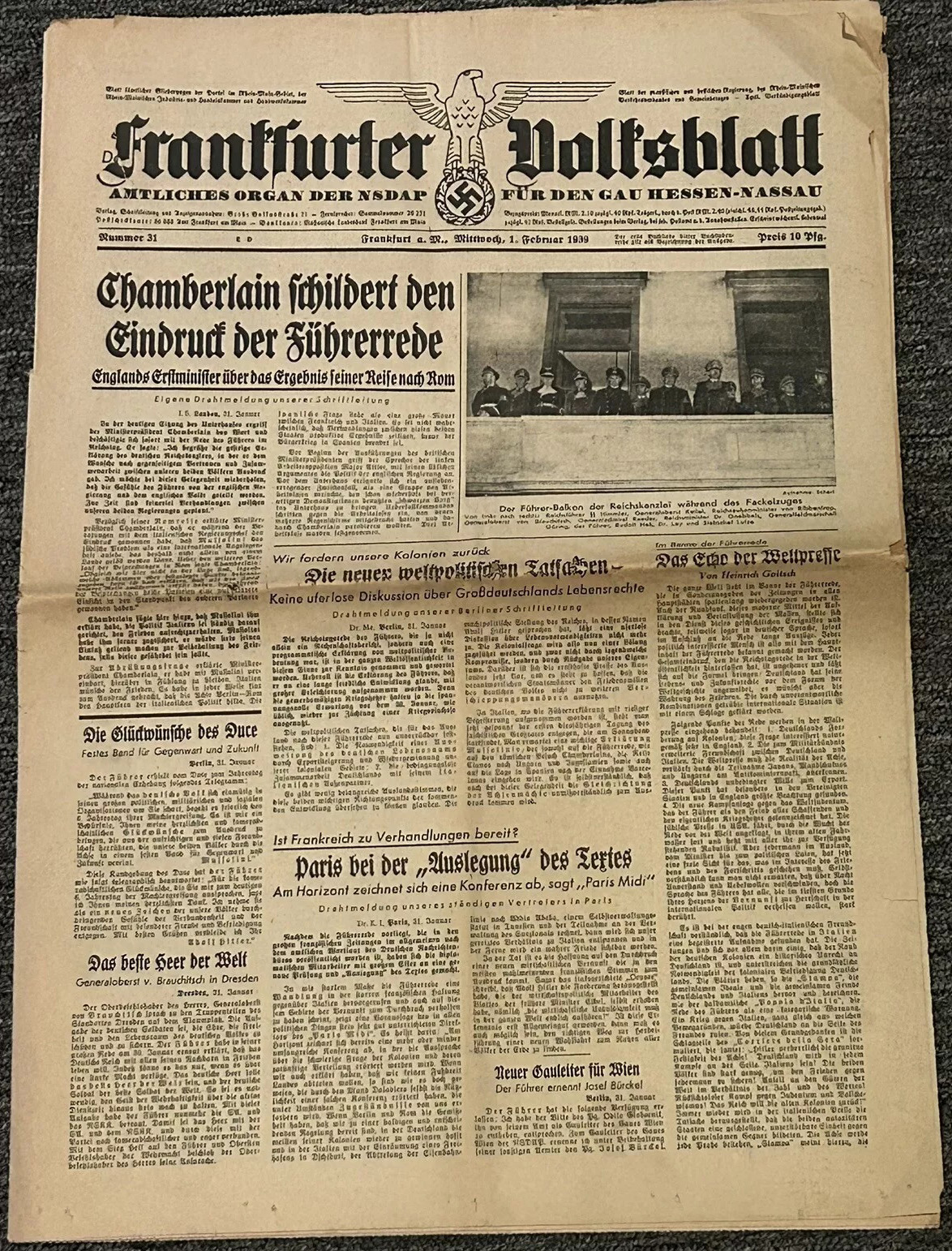
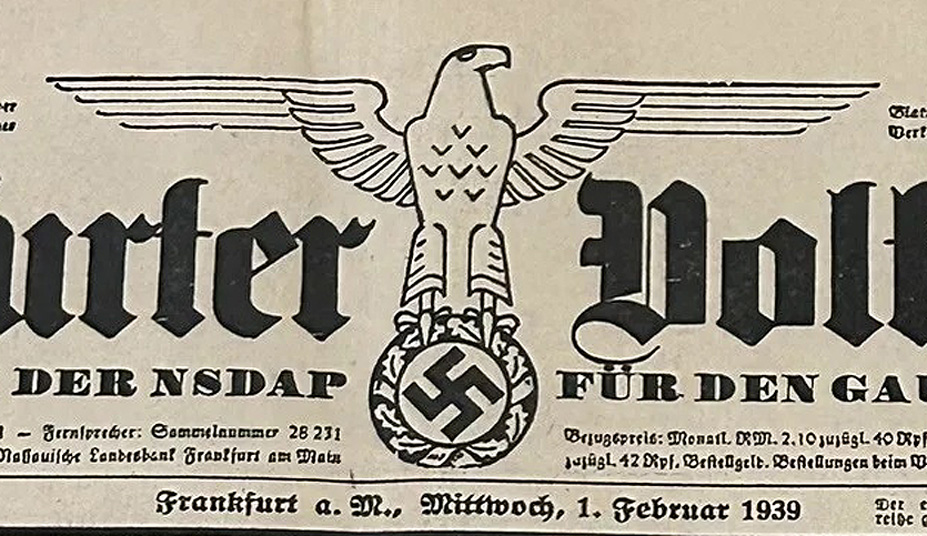
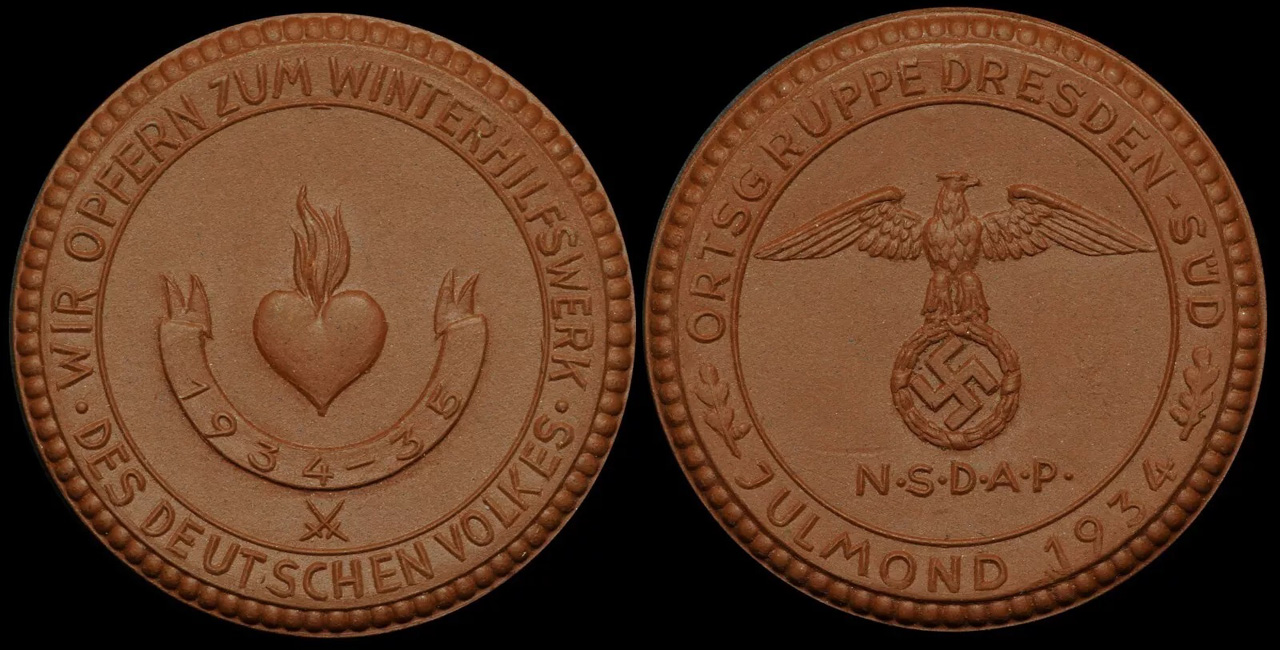
'Nicht die lauen
und neutralen machen
geschichte, sondern die
menschen, die den kampf
auf sich nehmen'.]
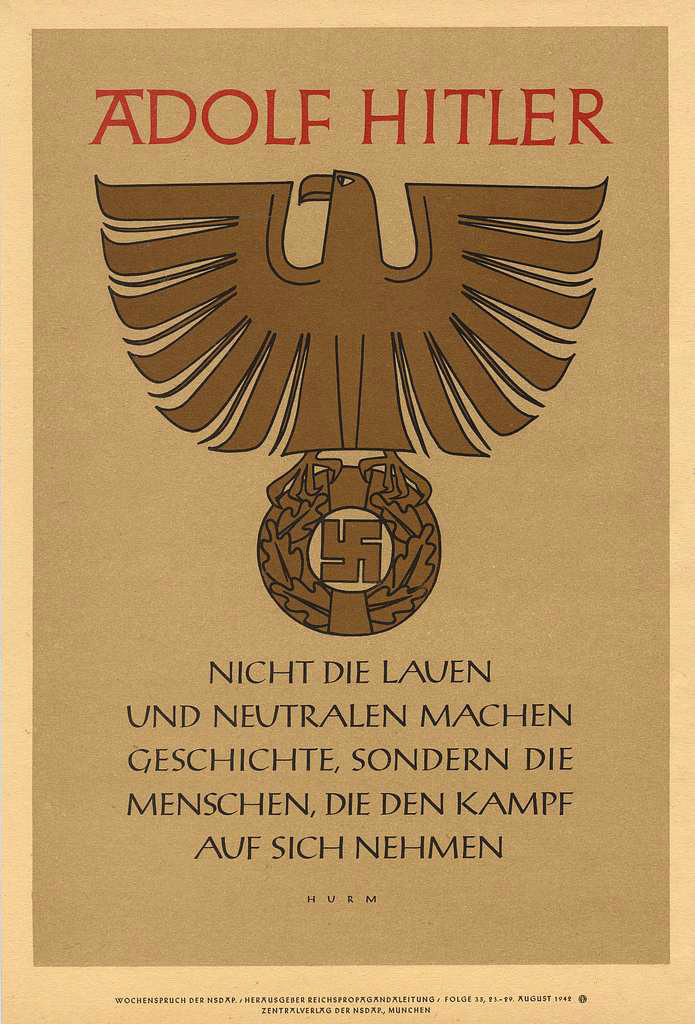
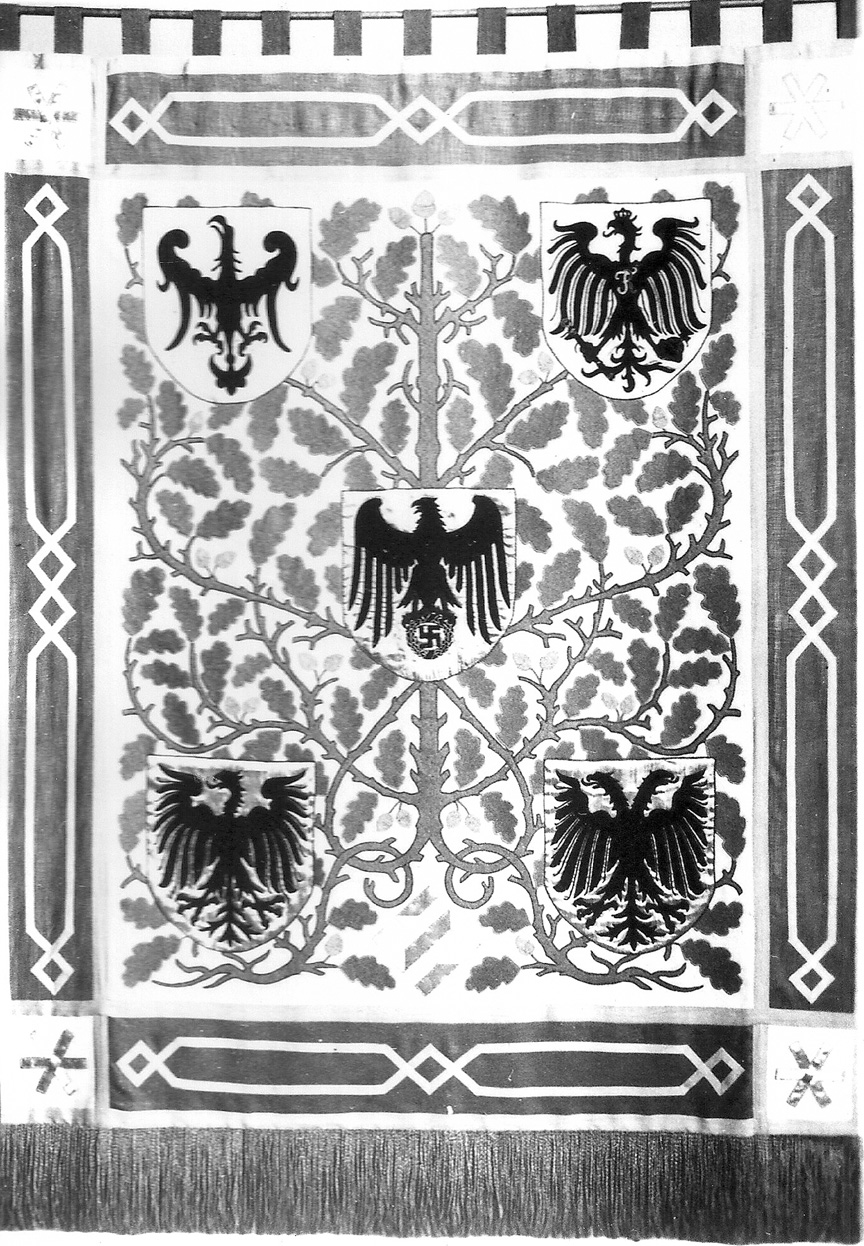
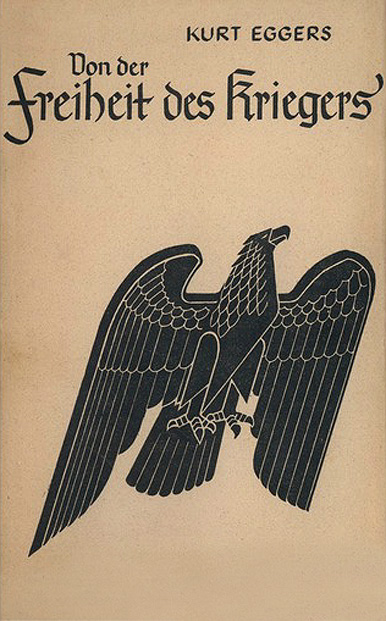

werden wir das Schicksal
meistern.
Adolf Hitler'.
we will see fate
mastered.
Adolf Hitler).
